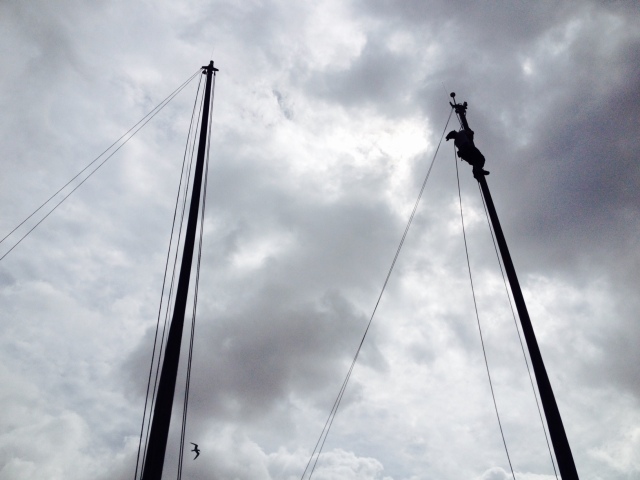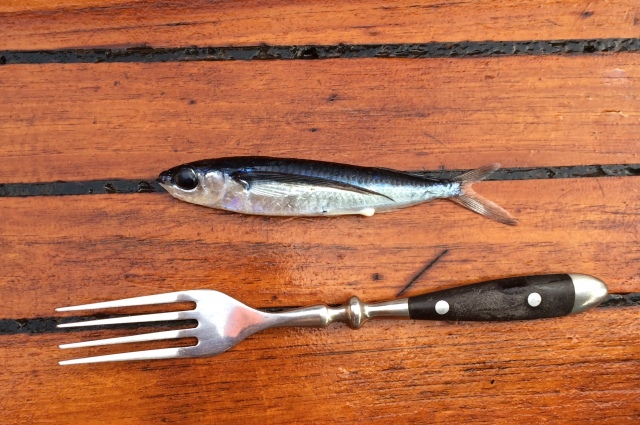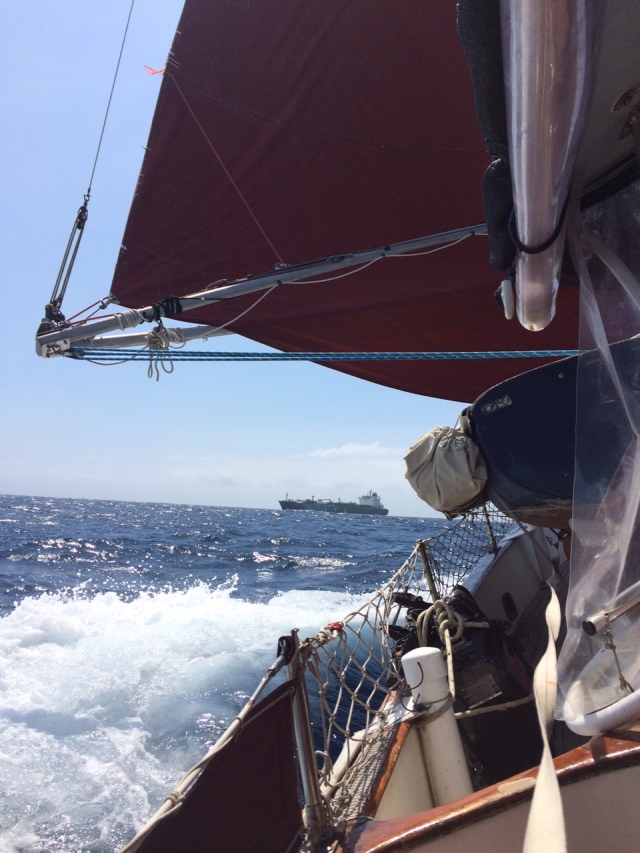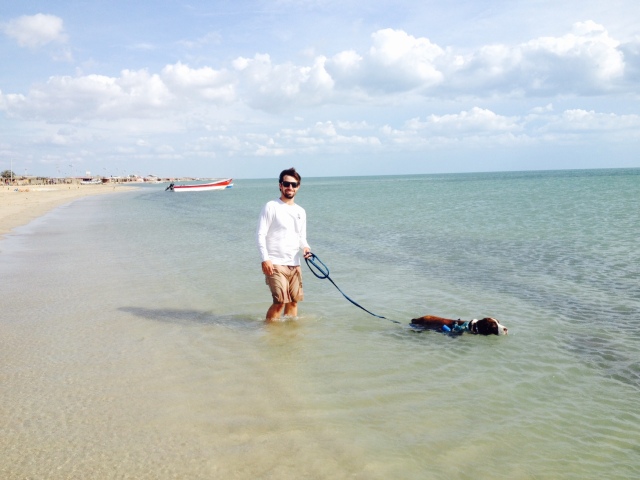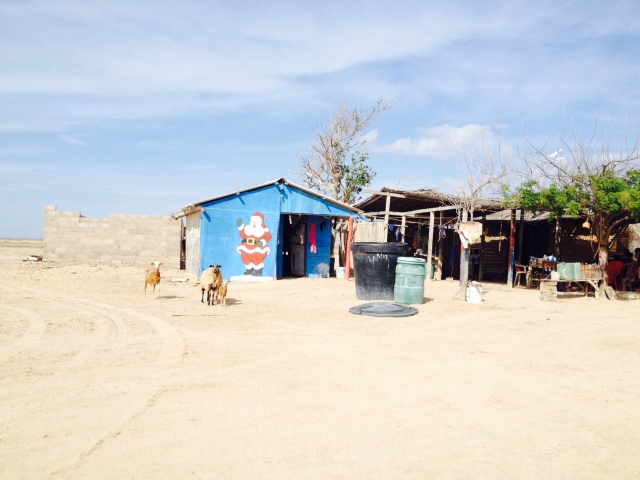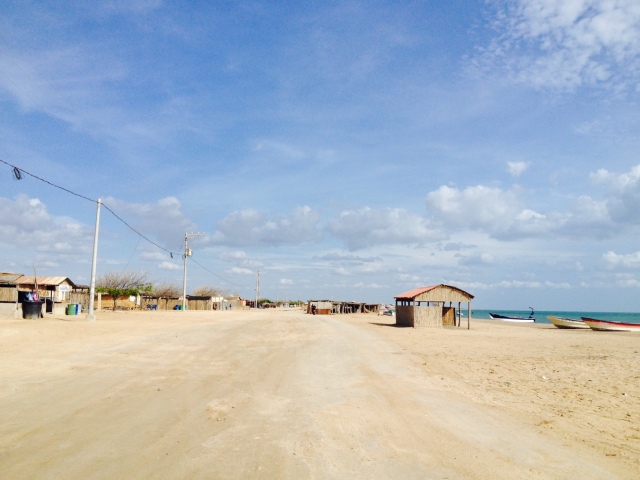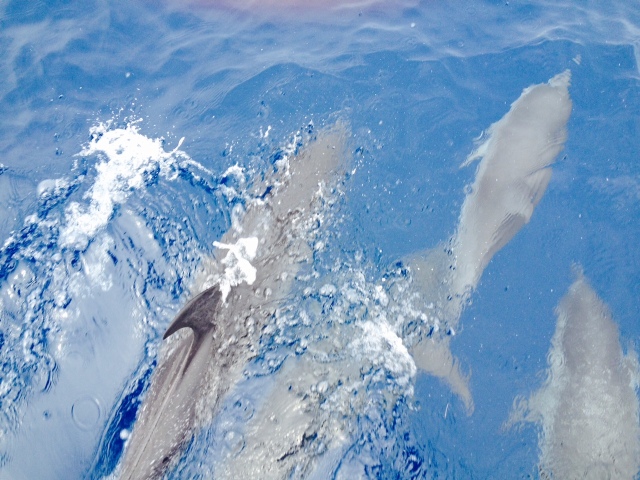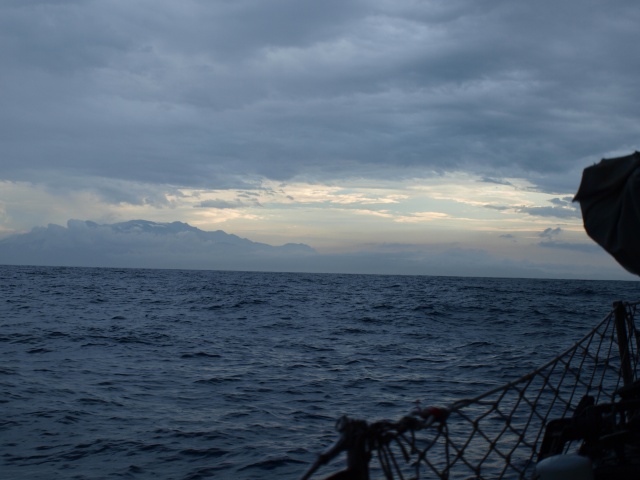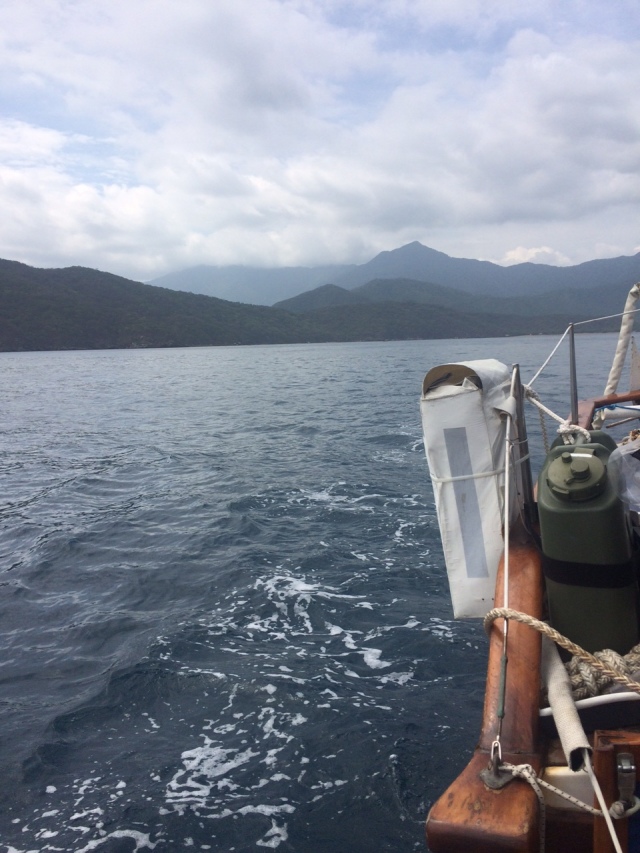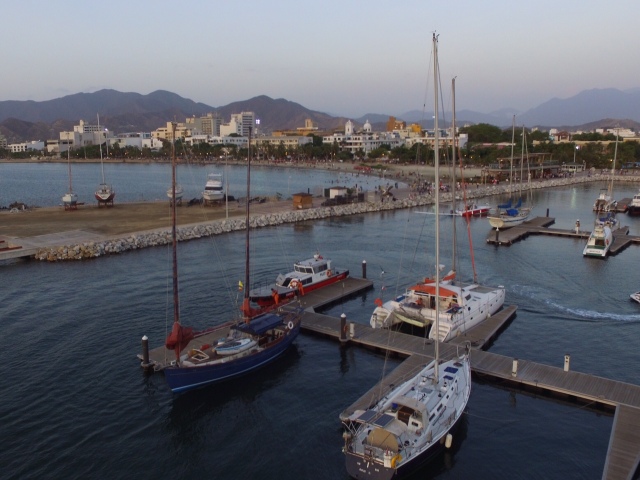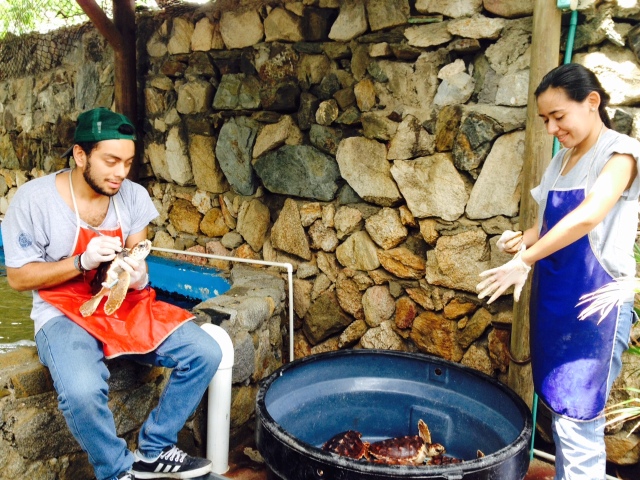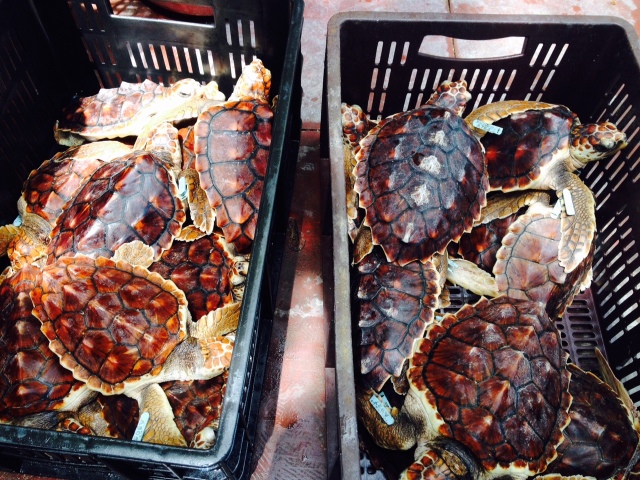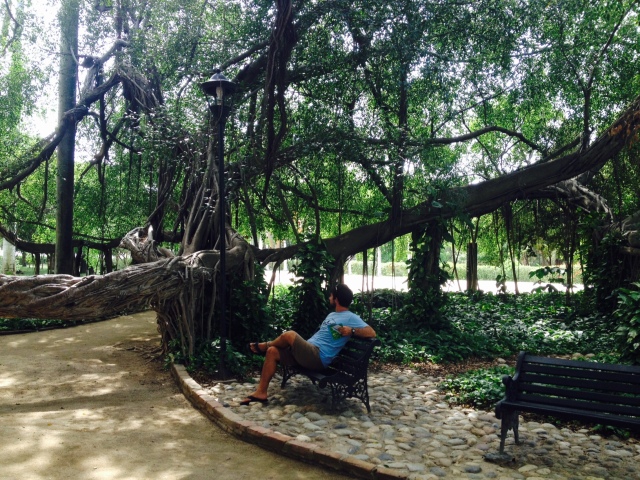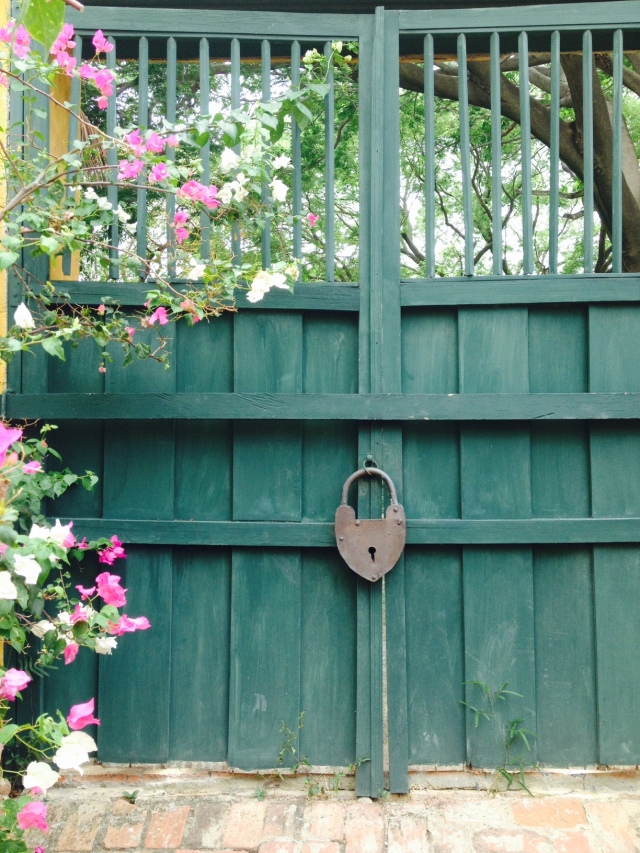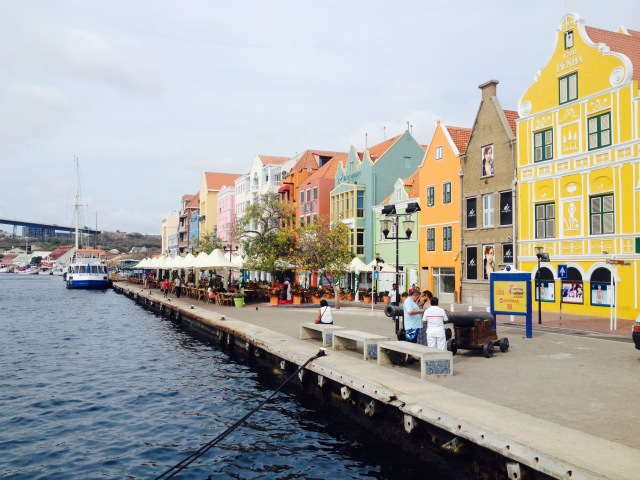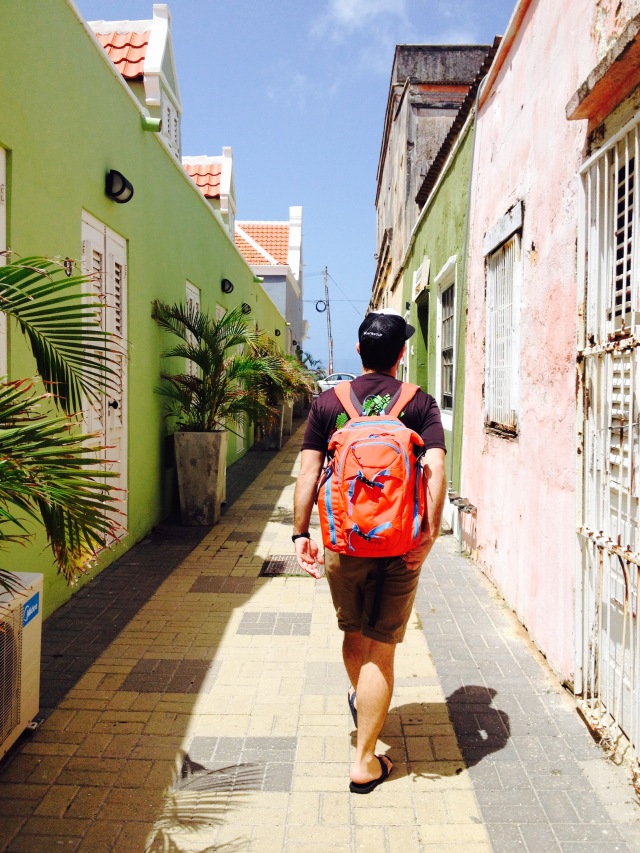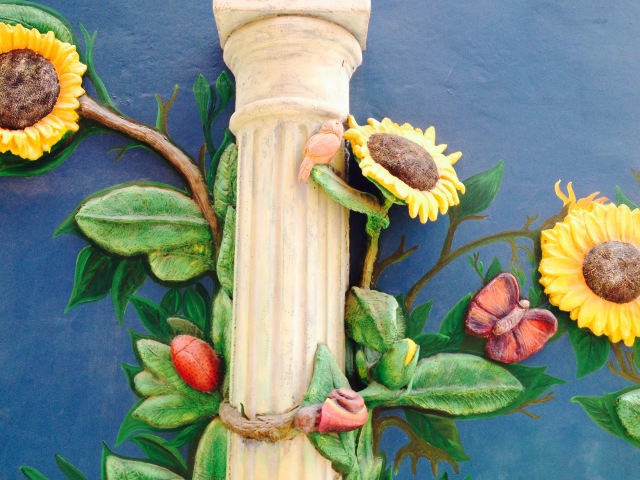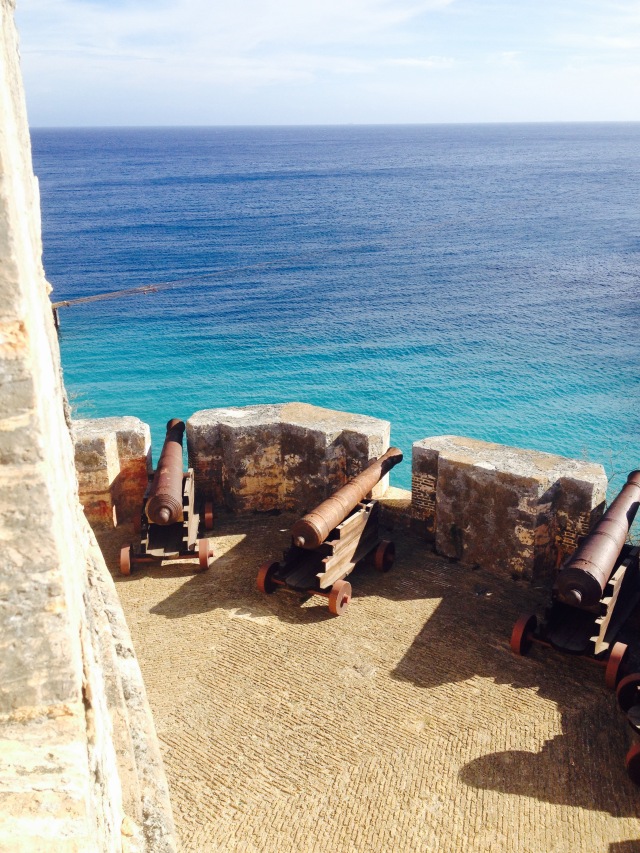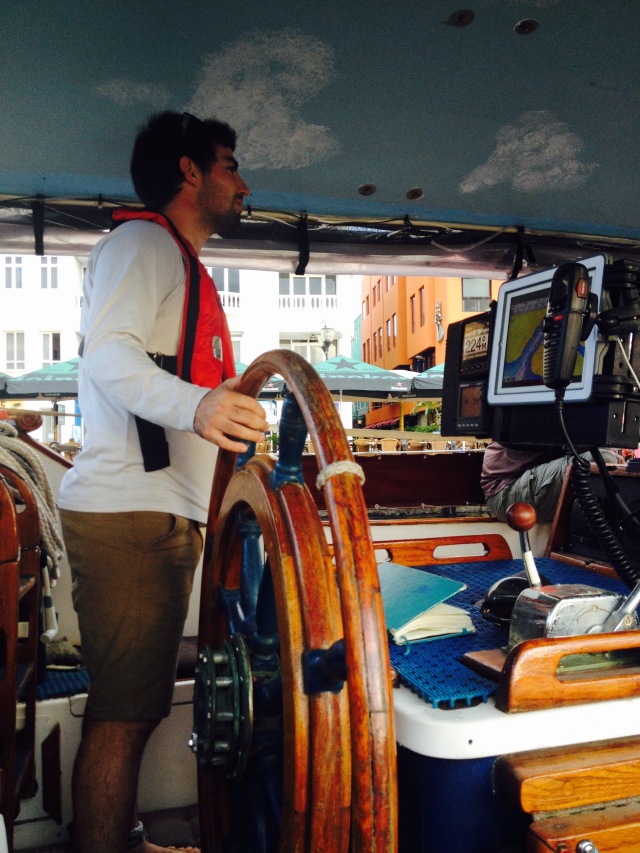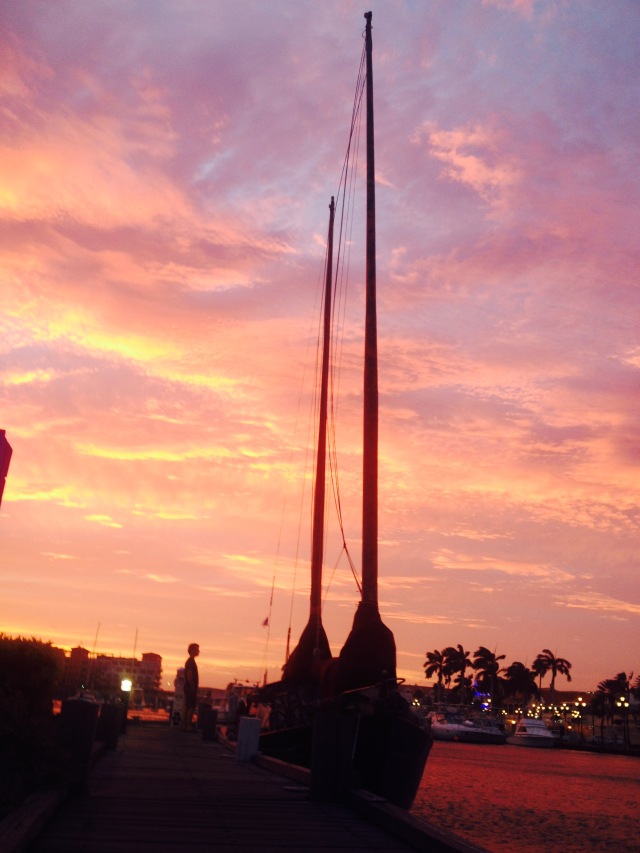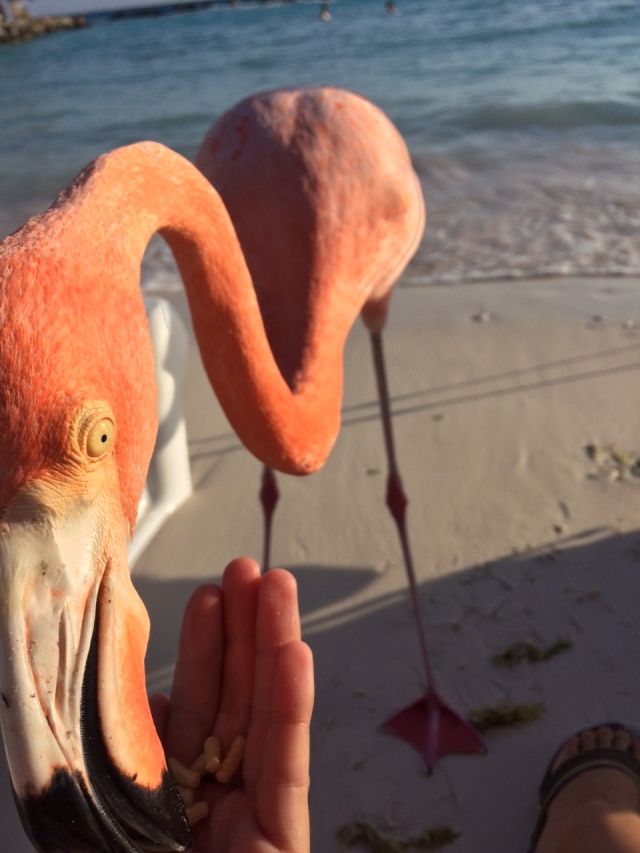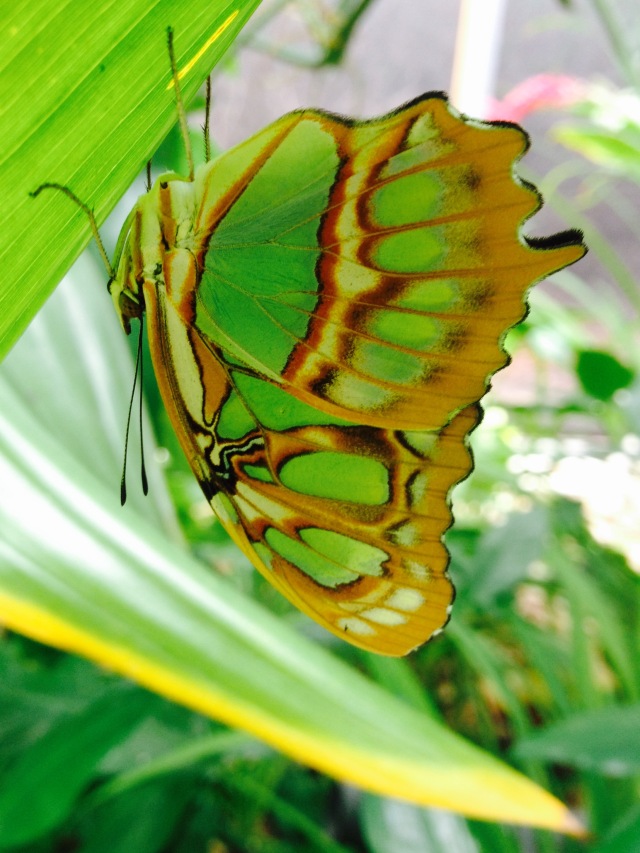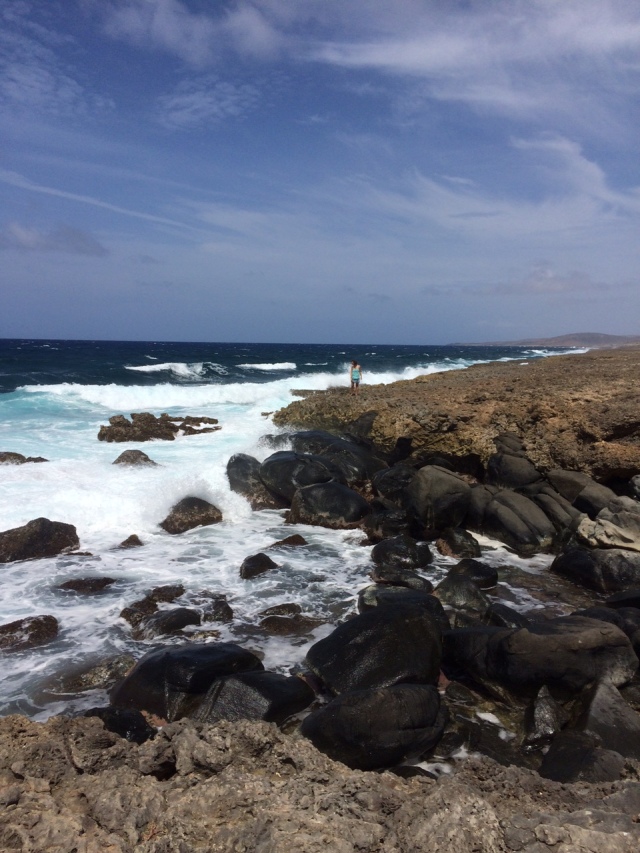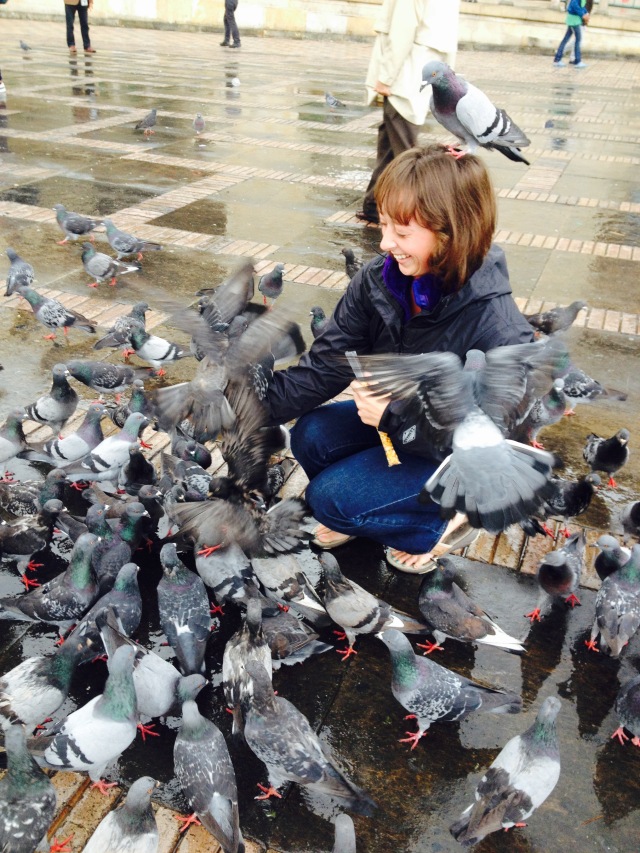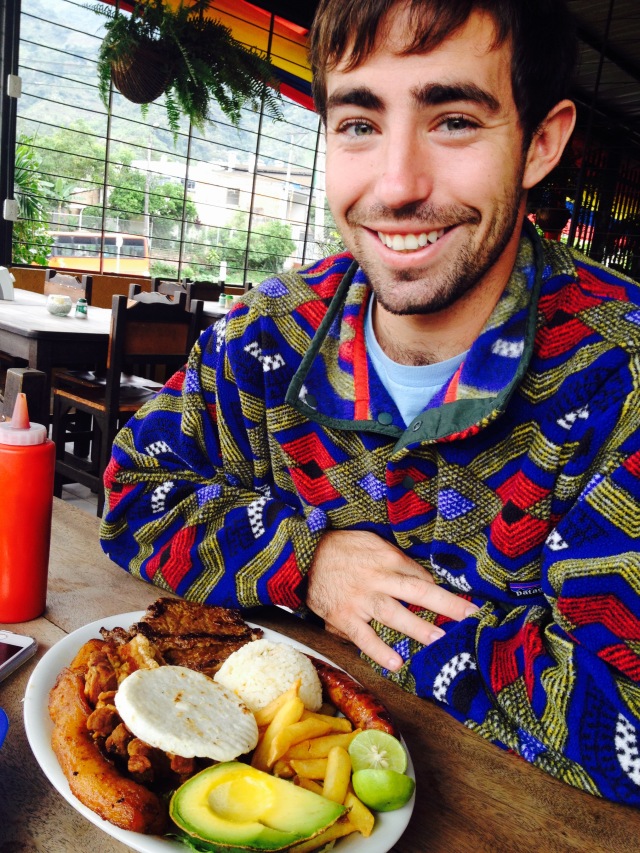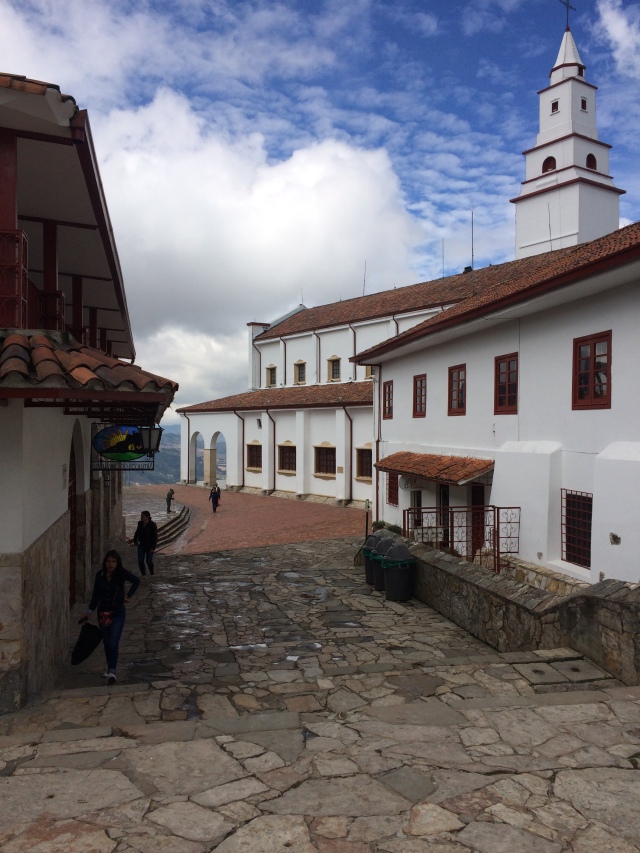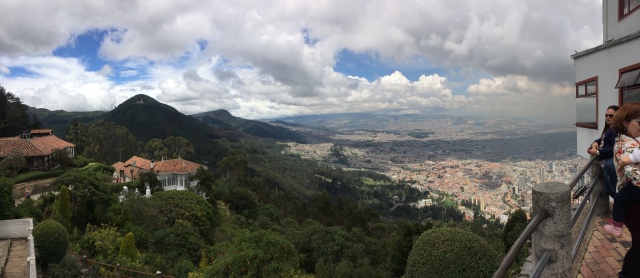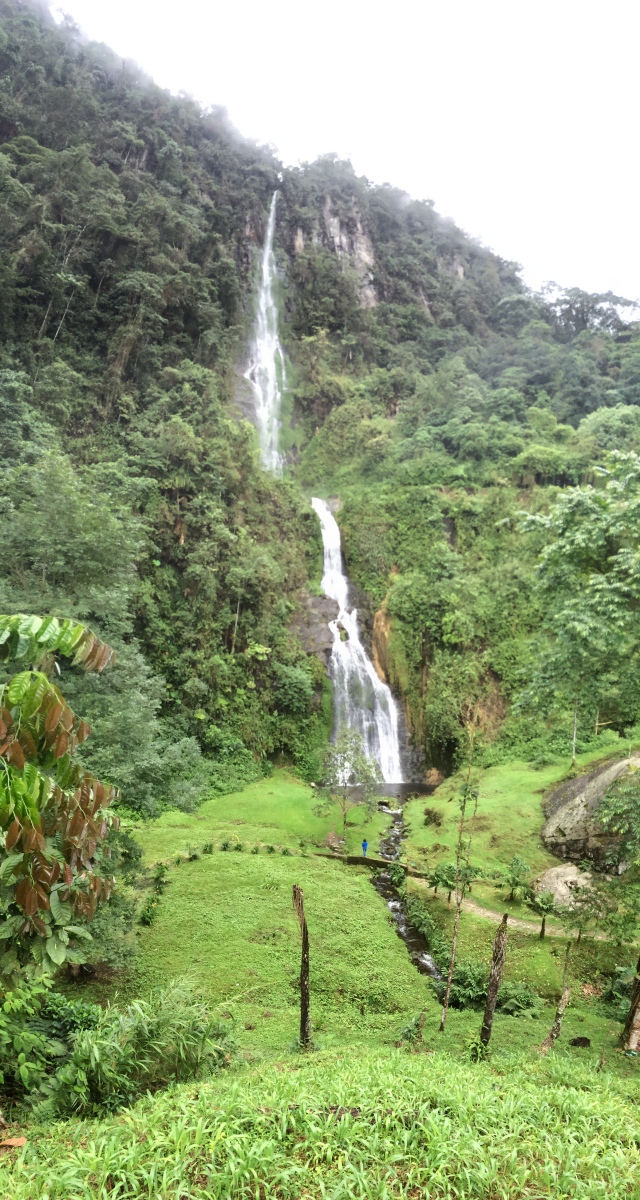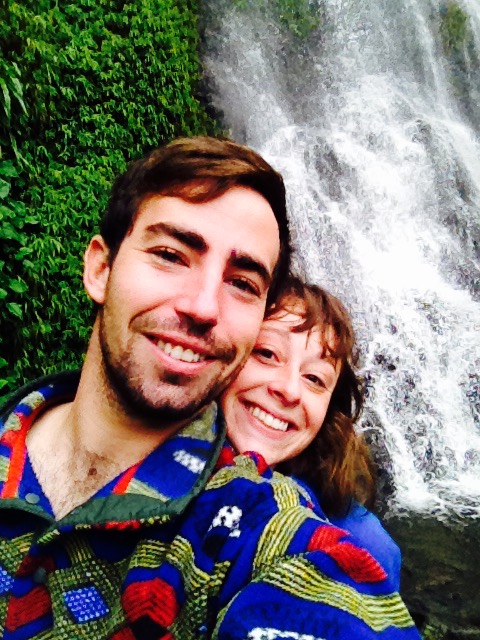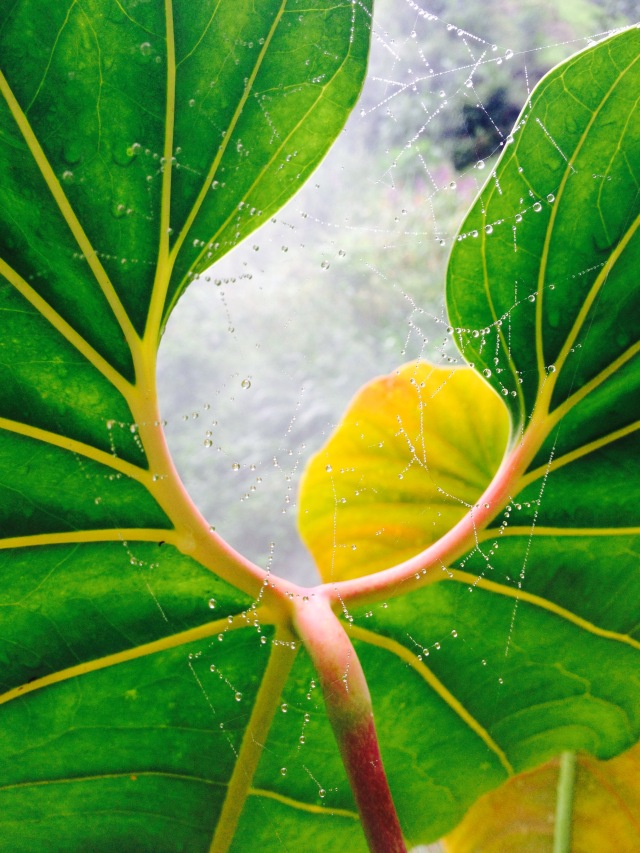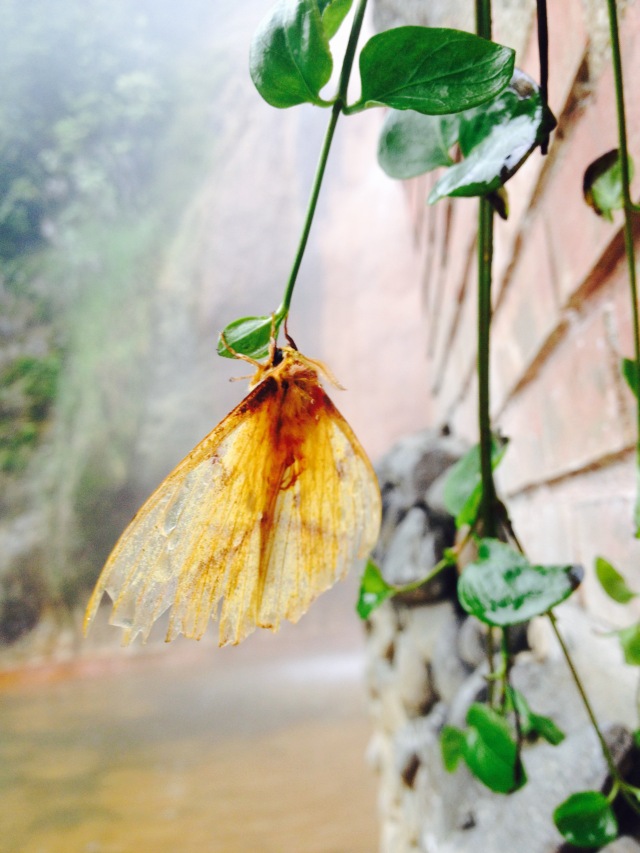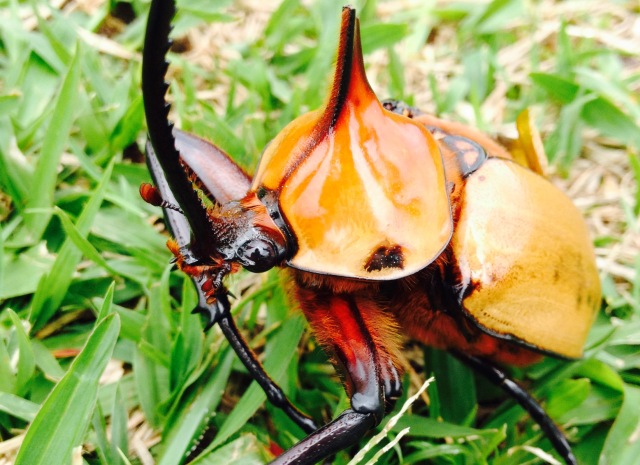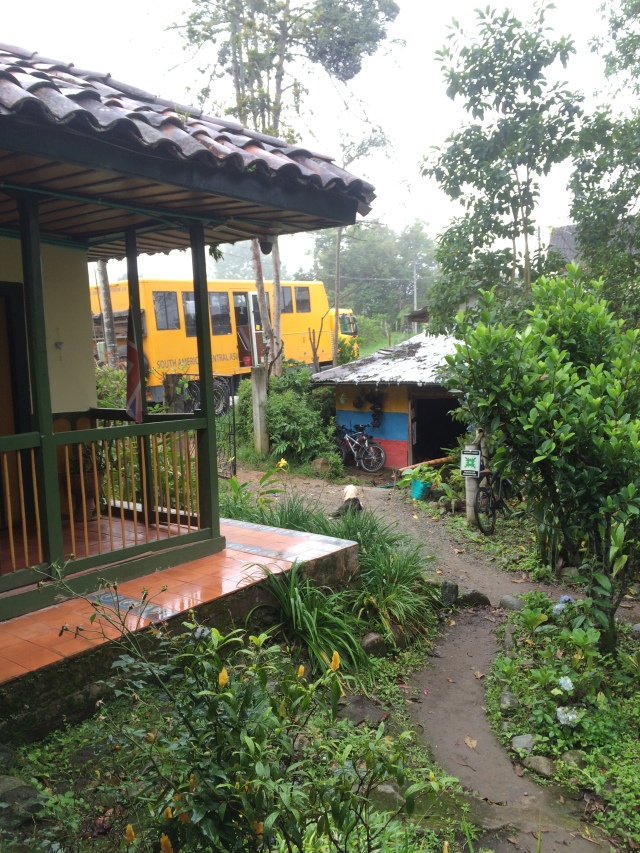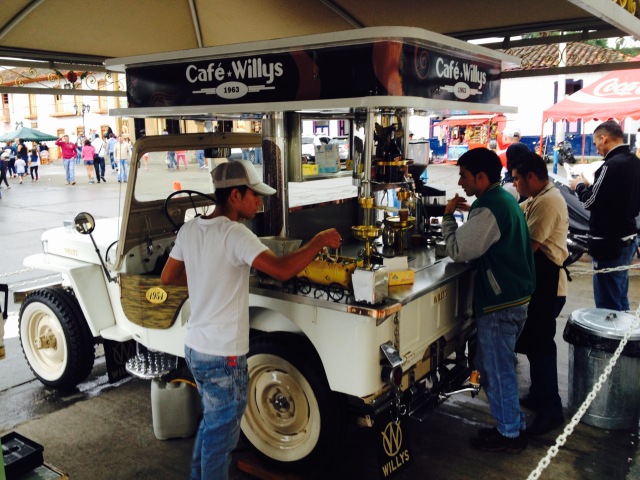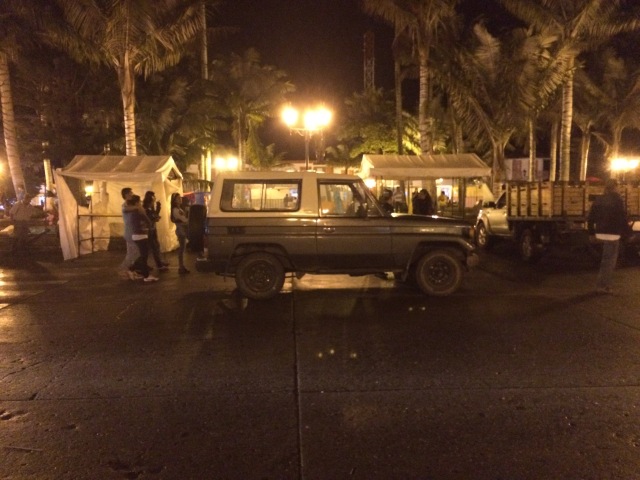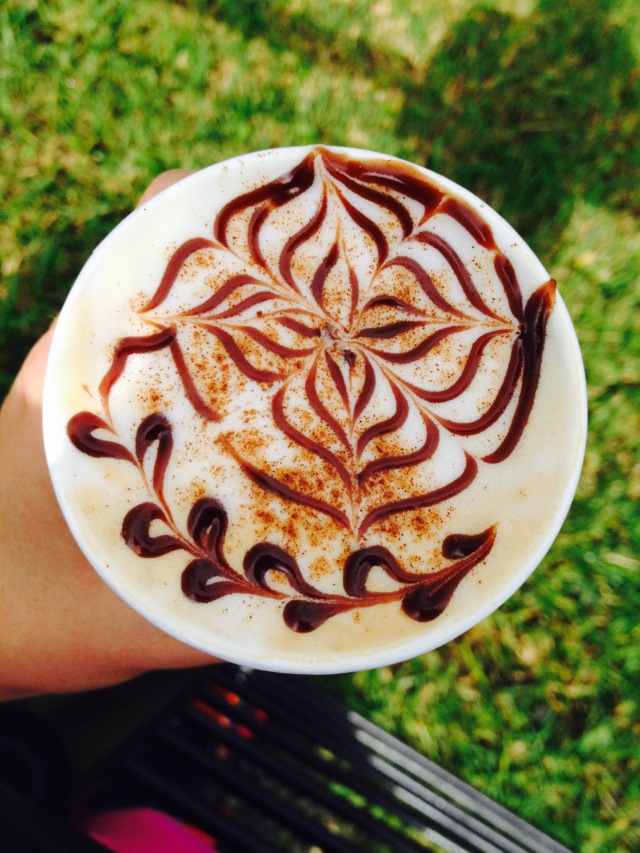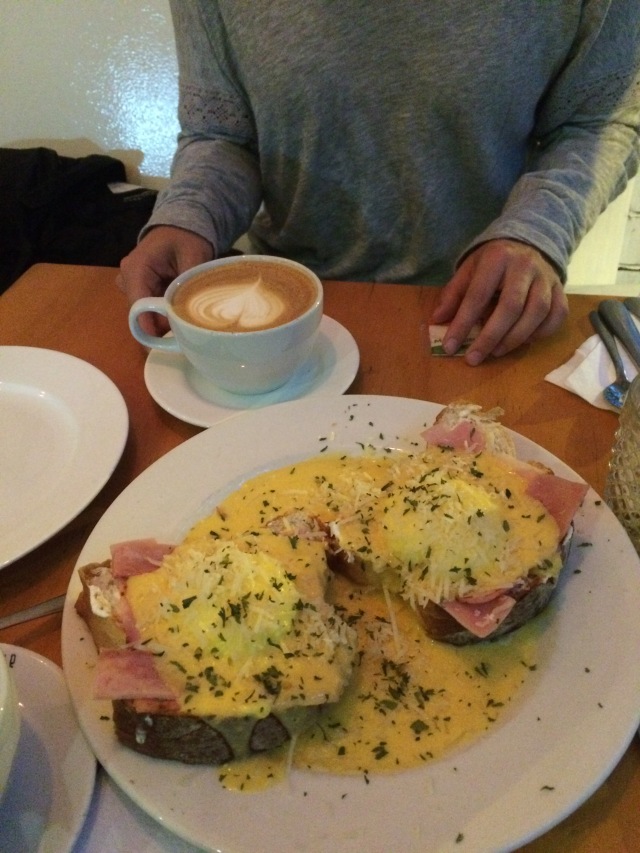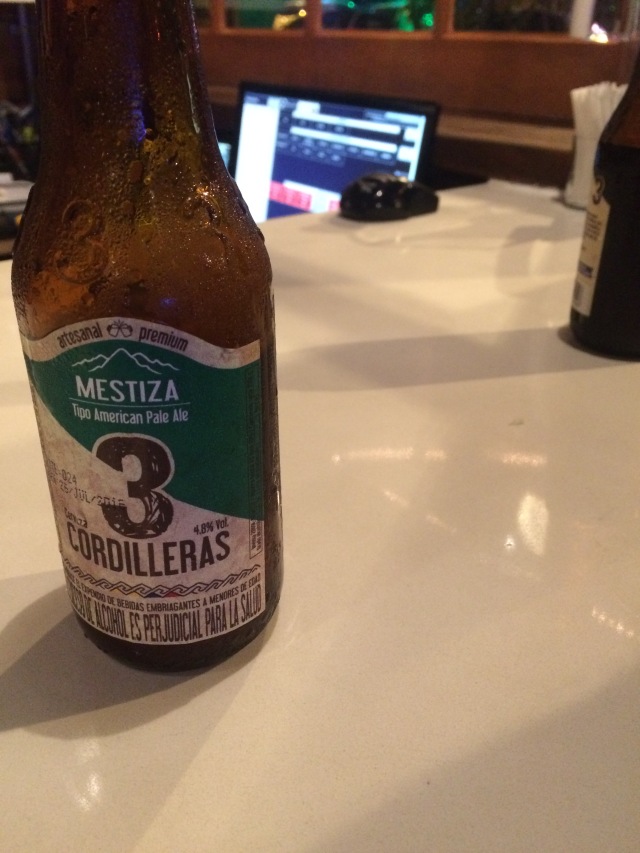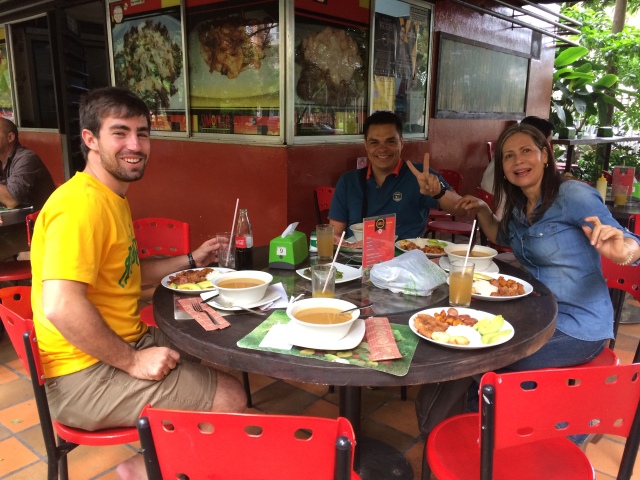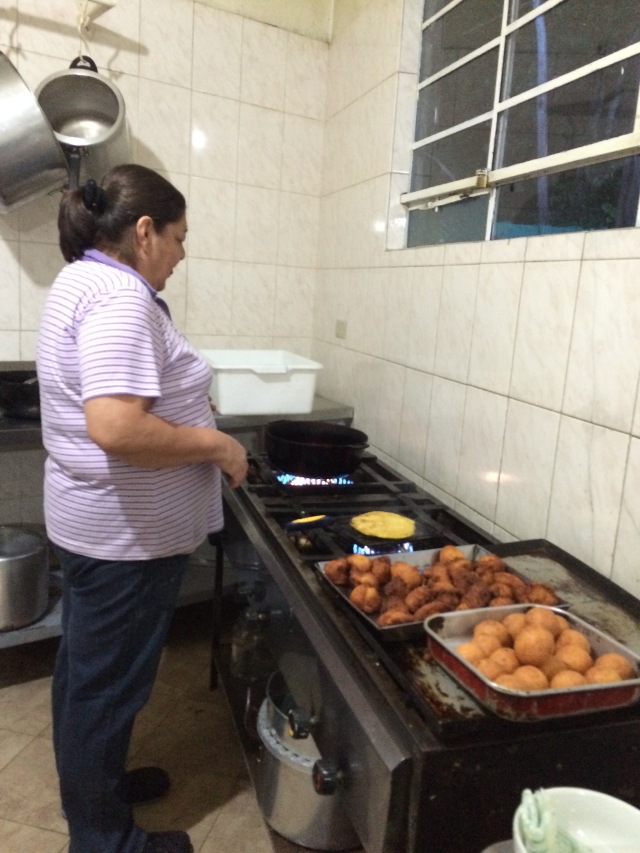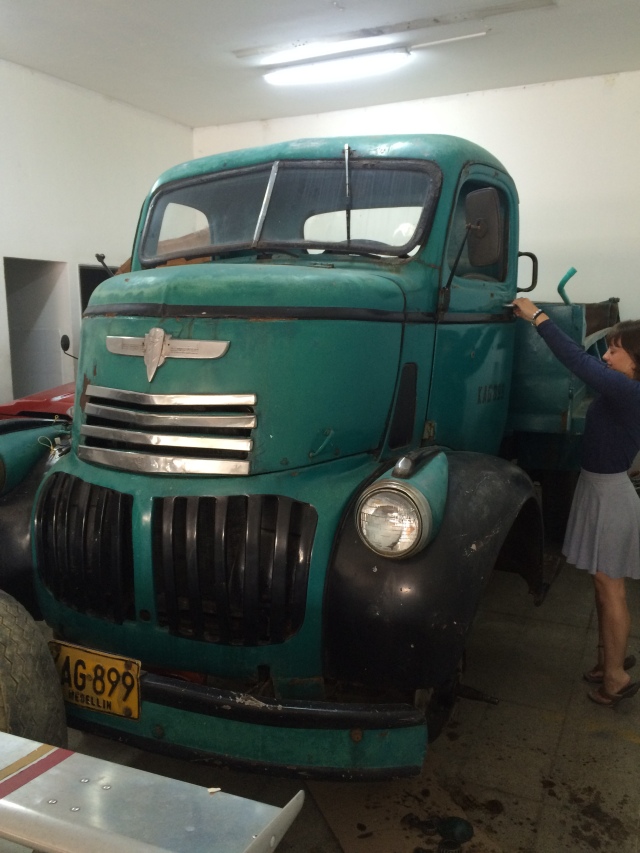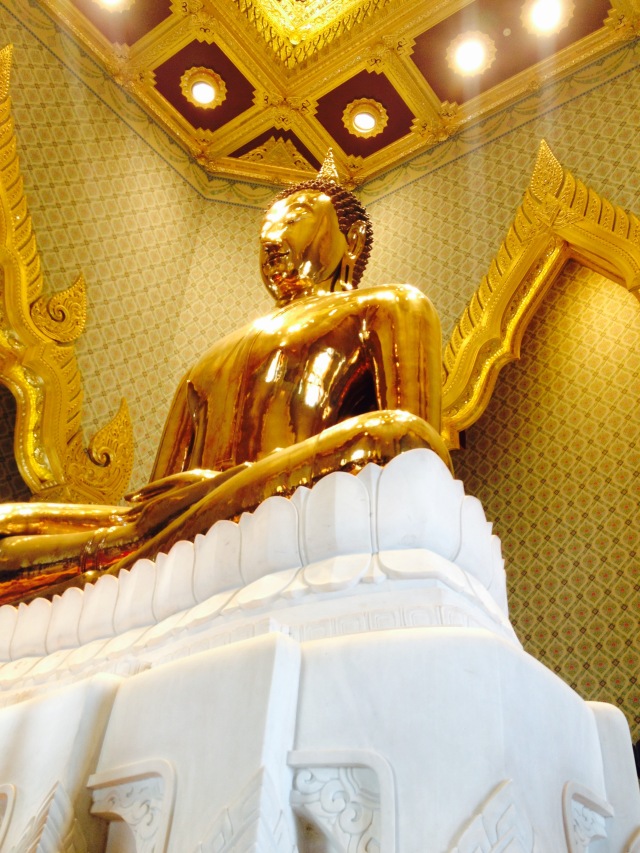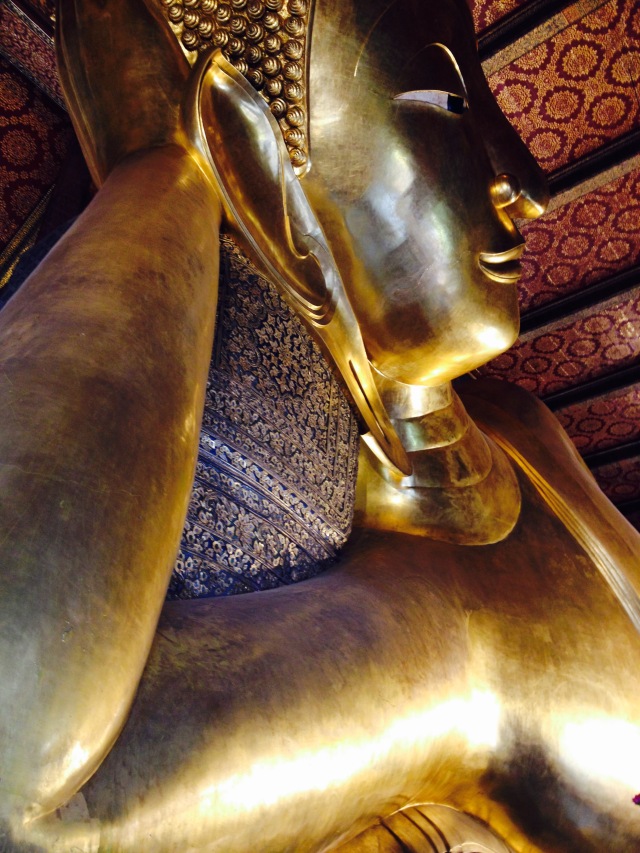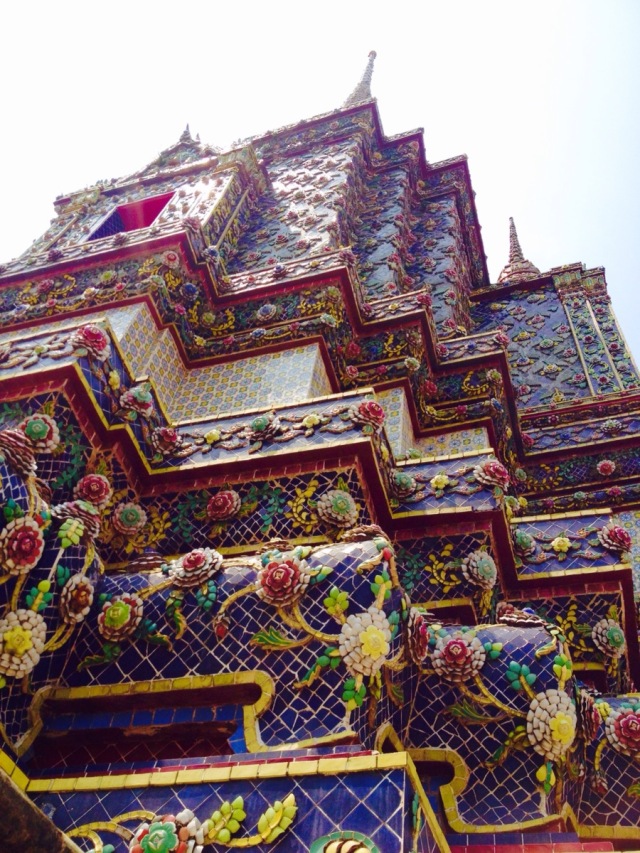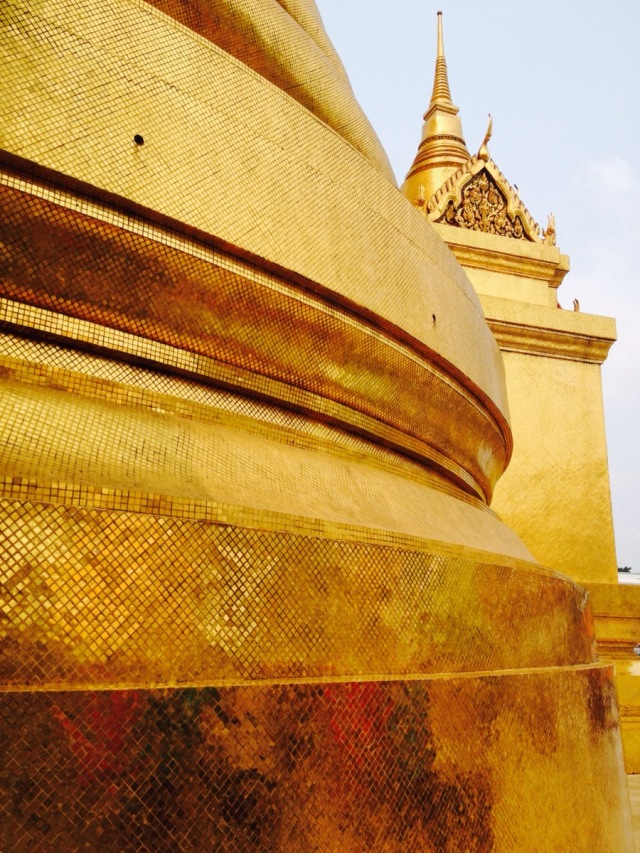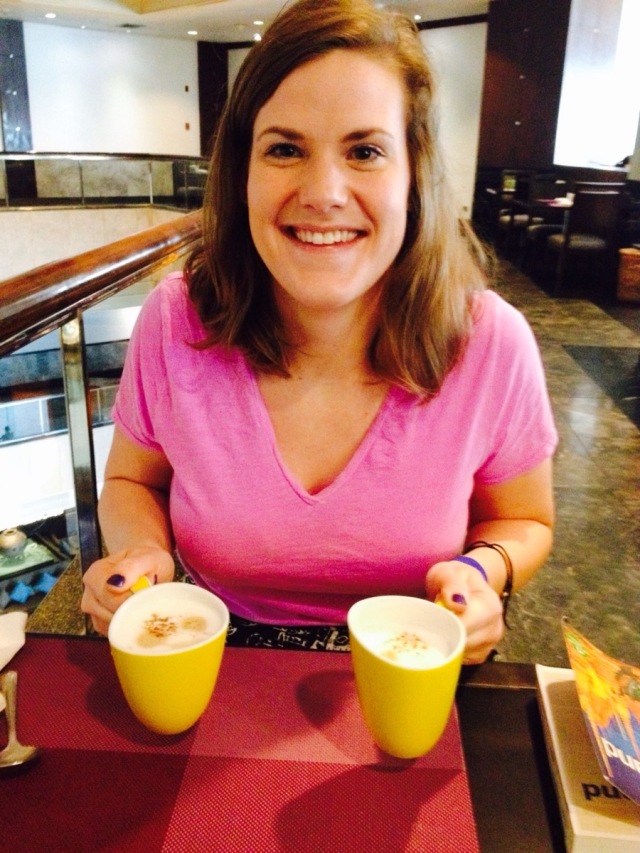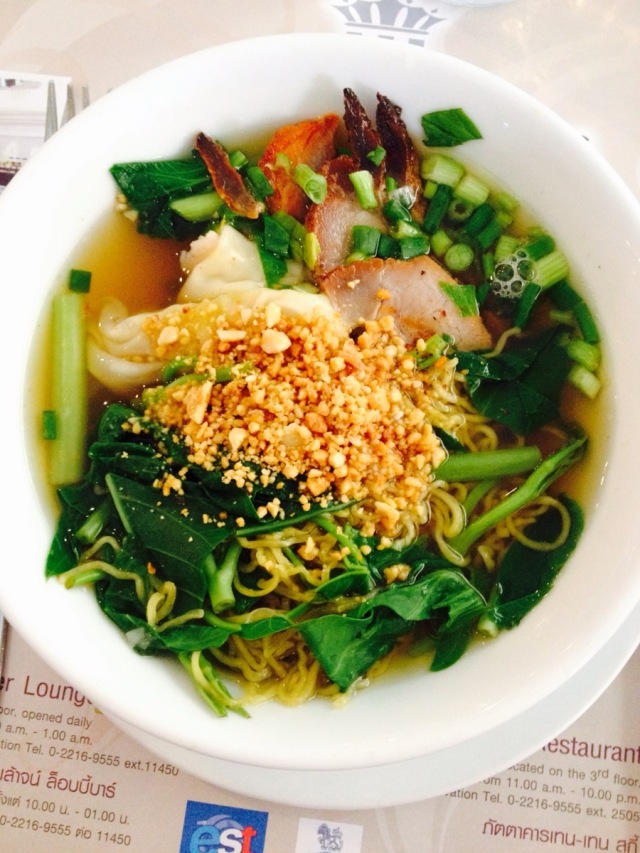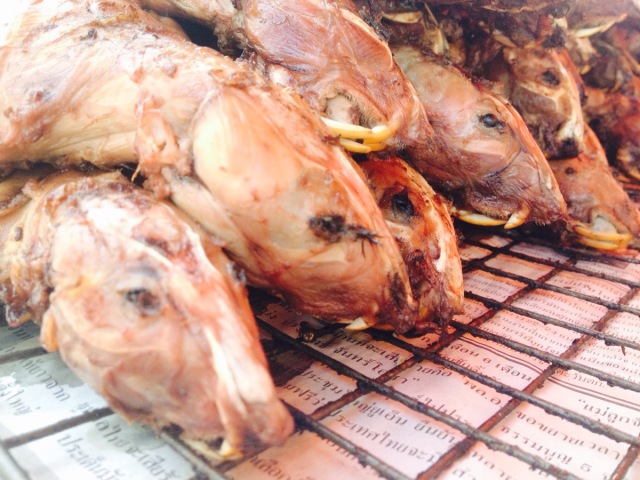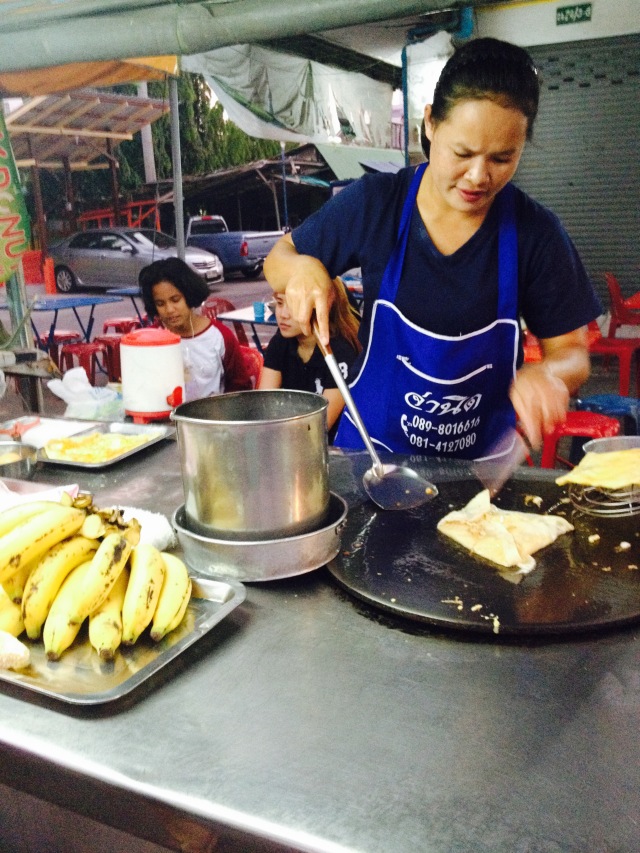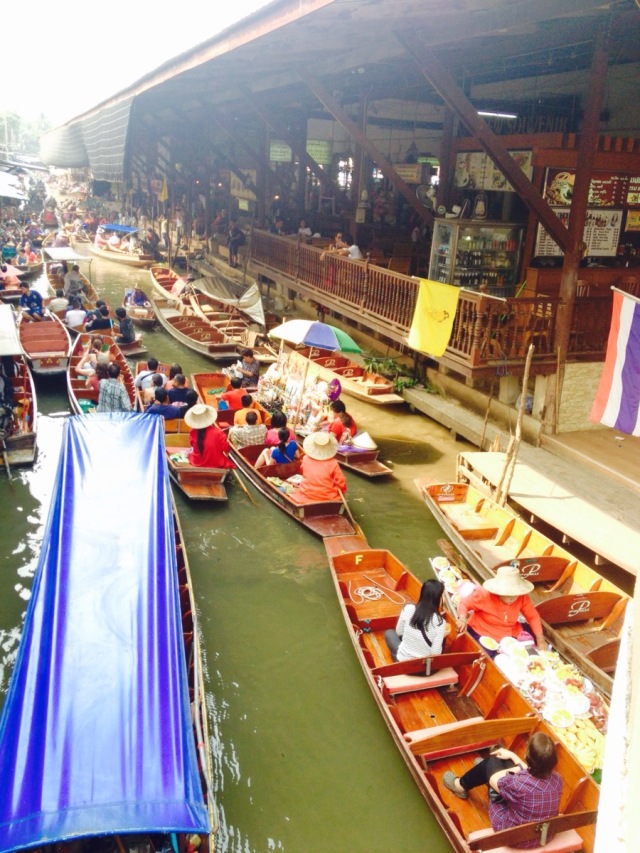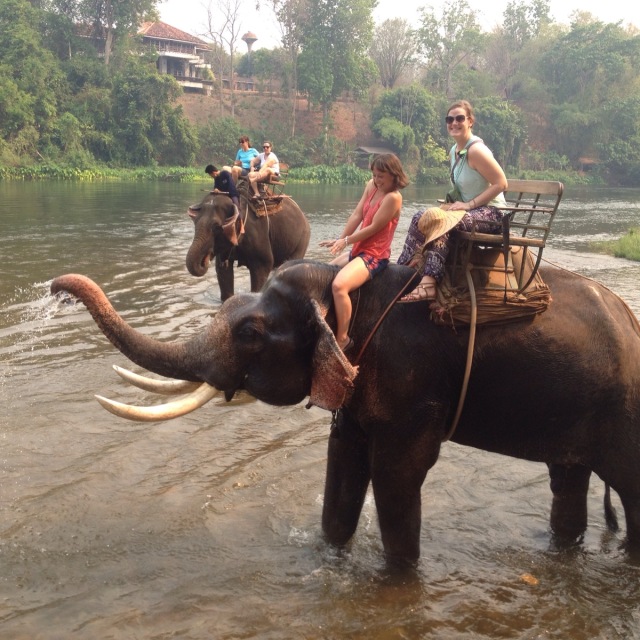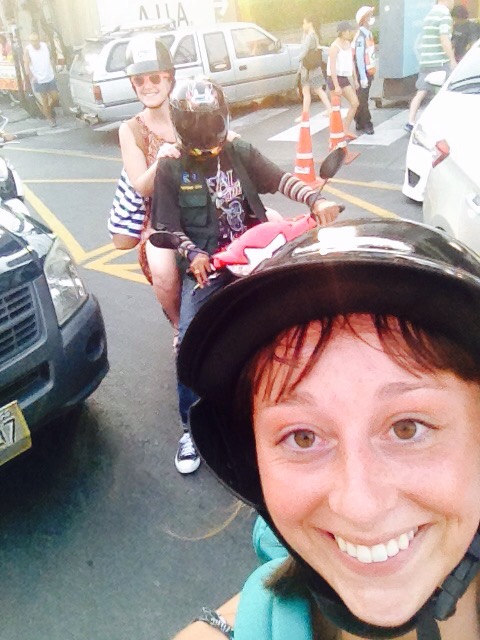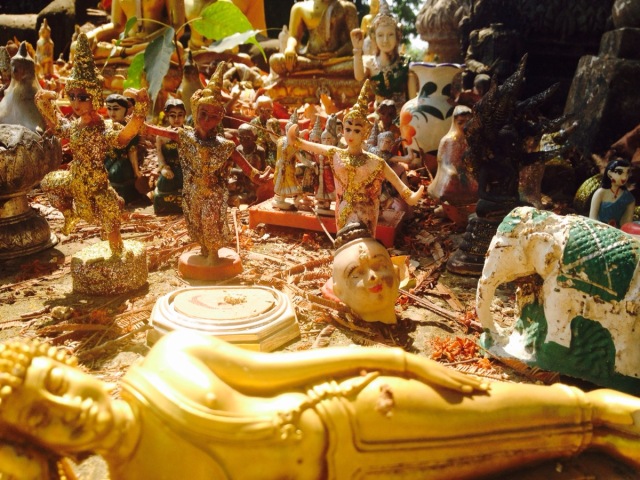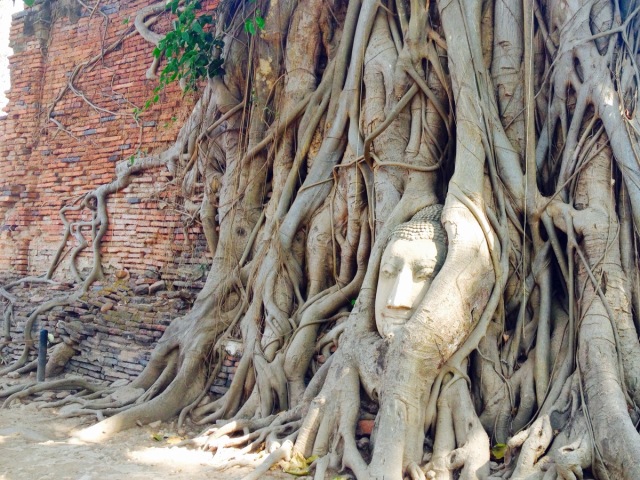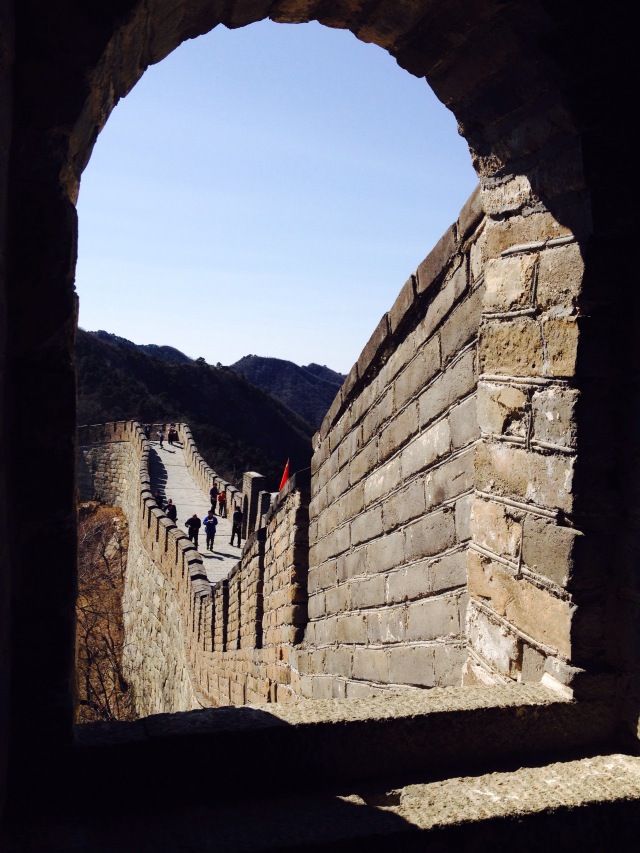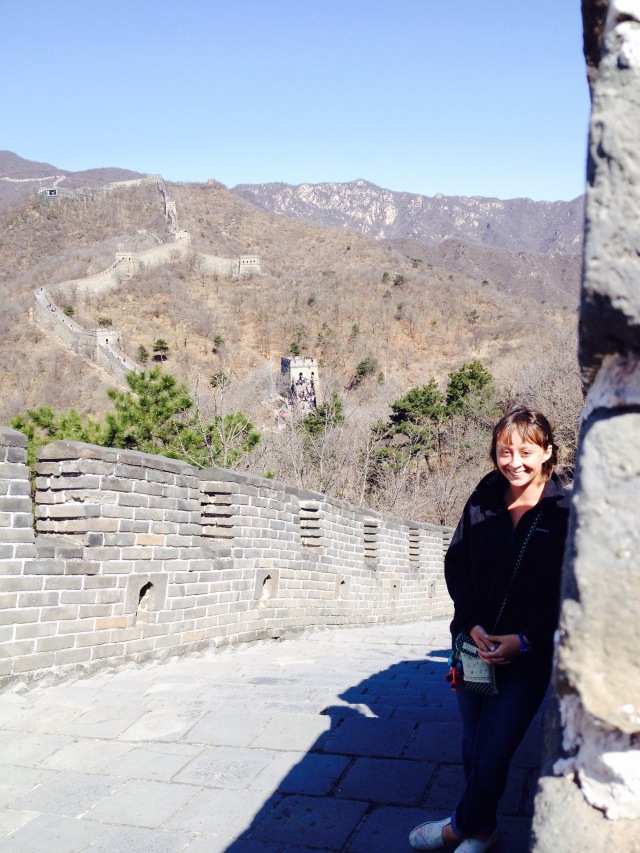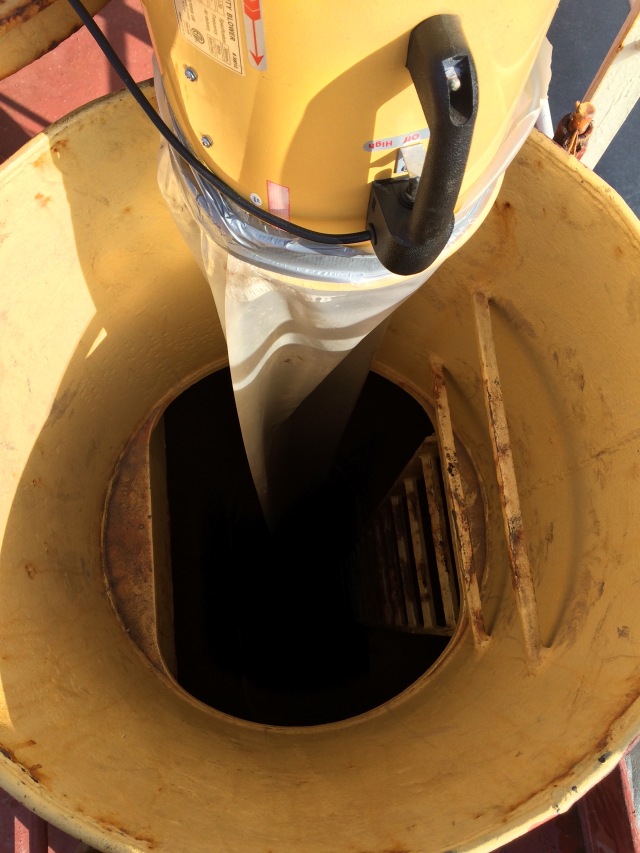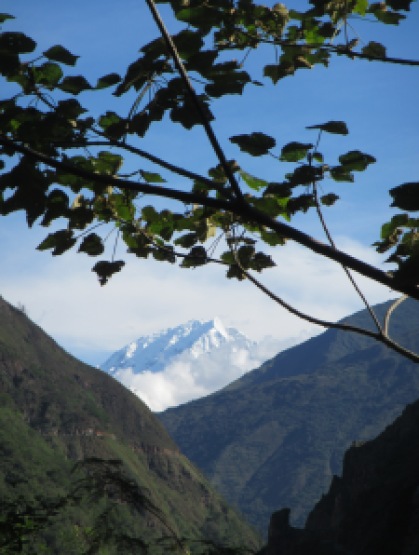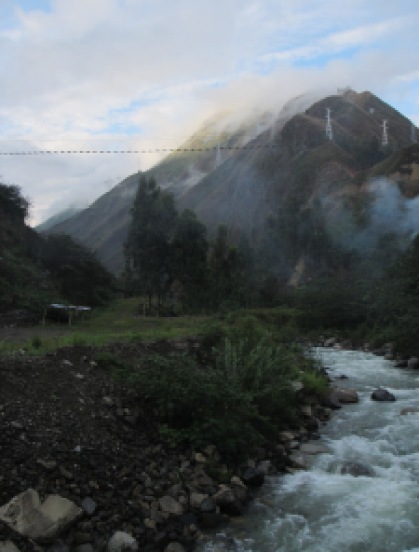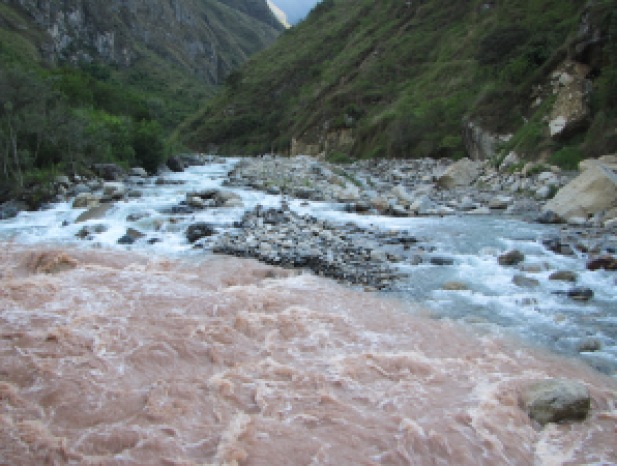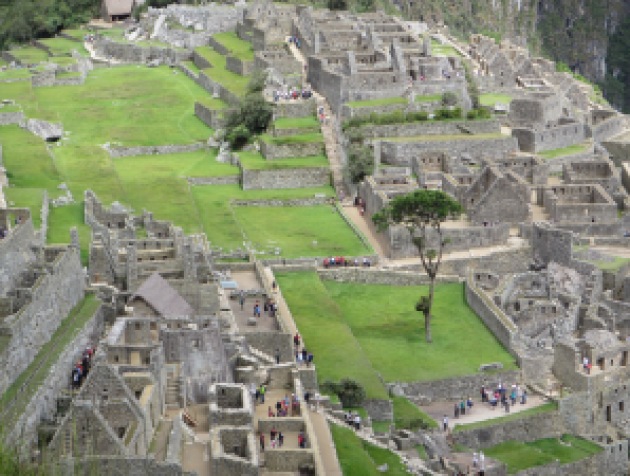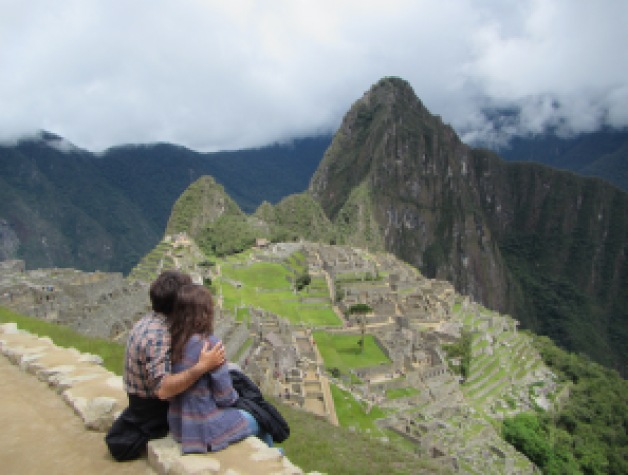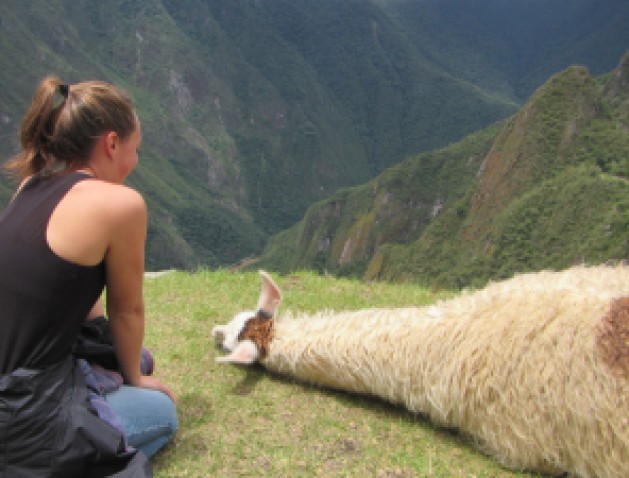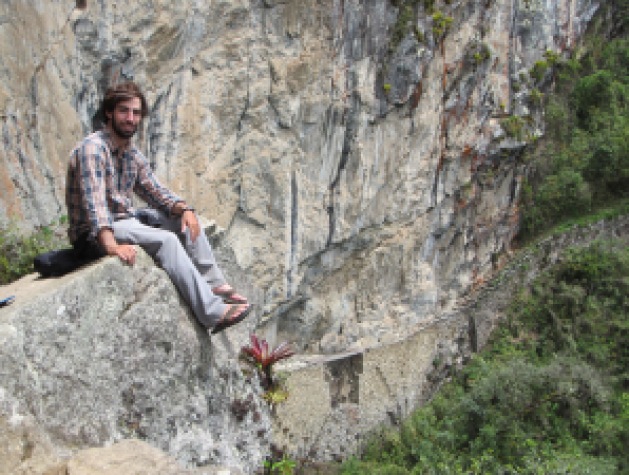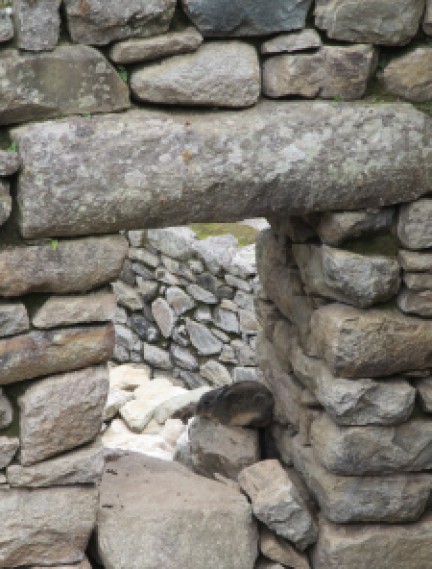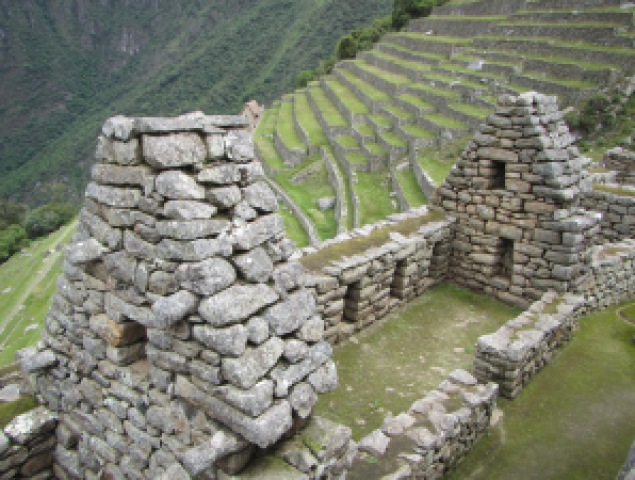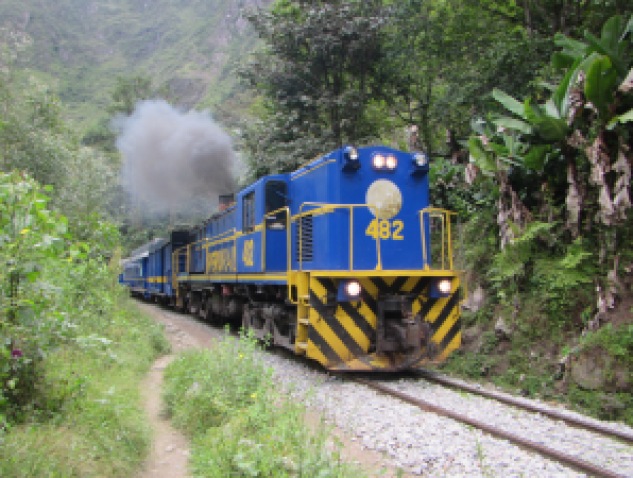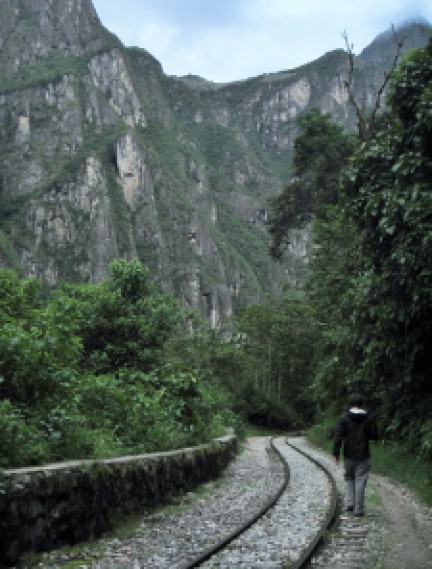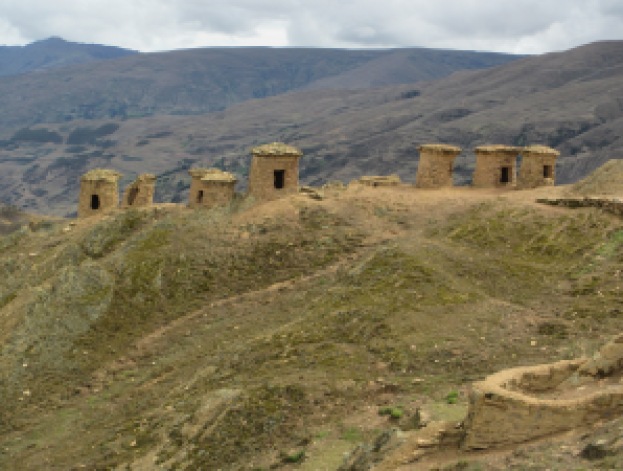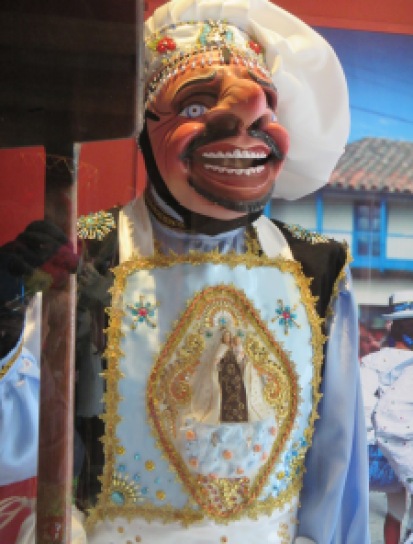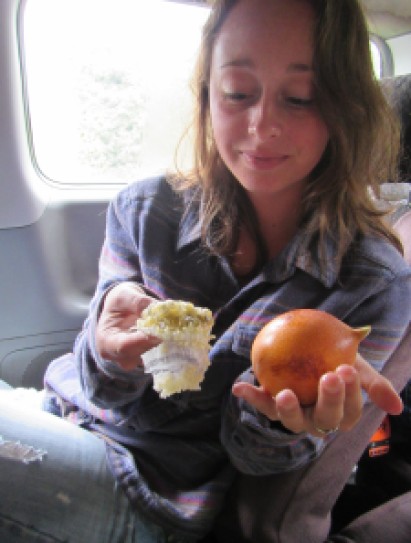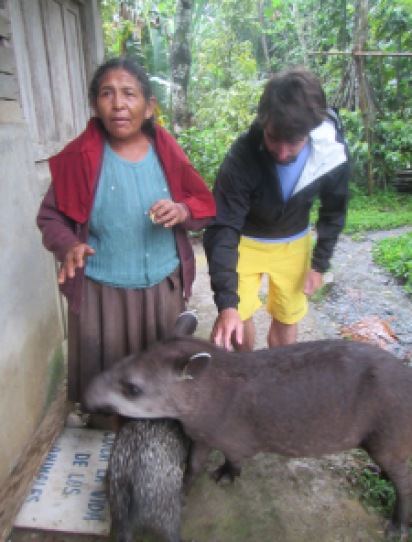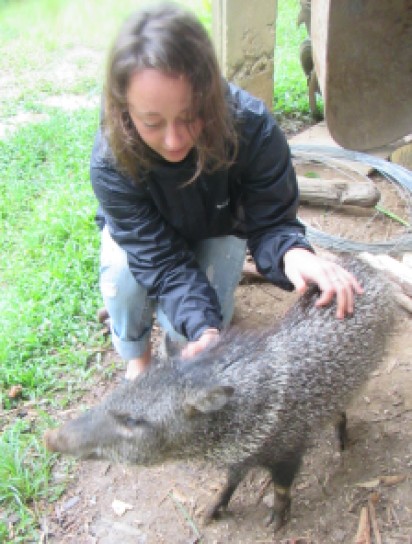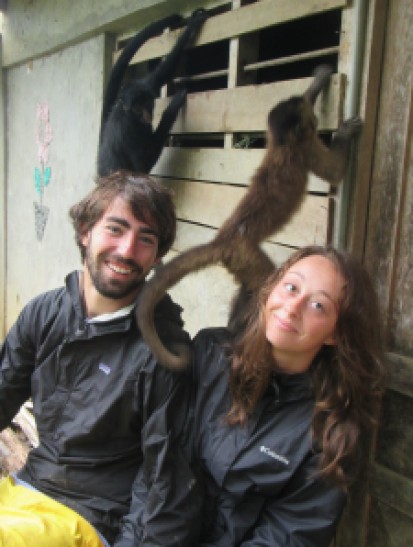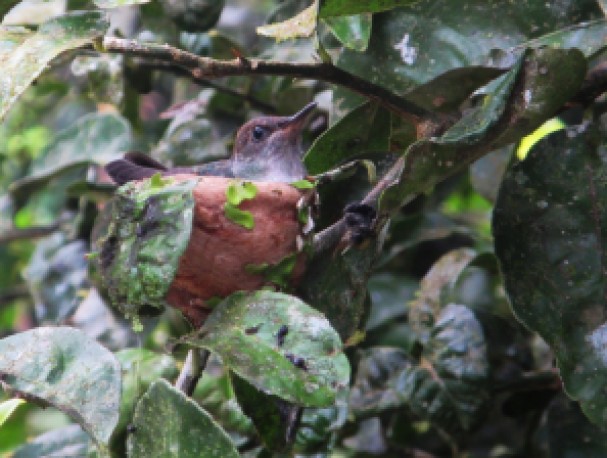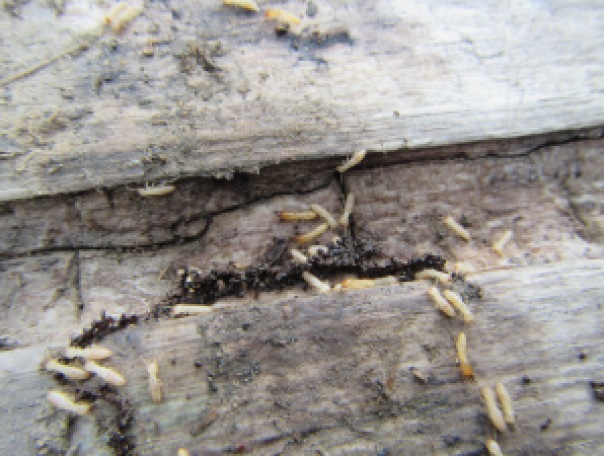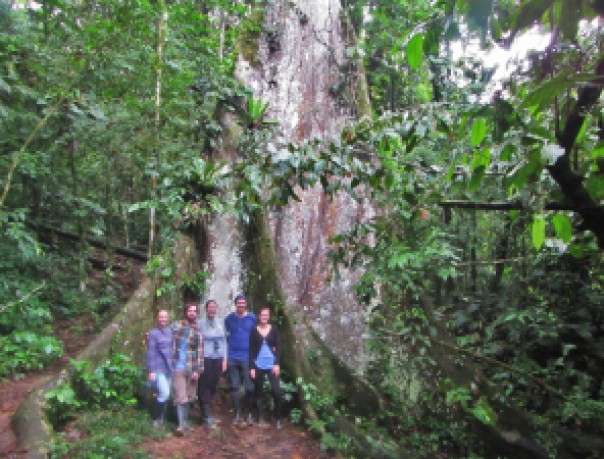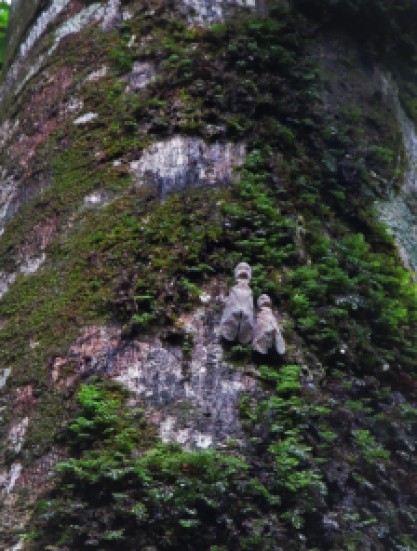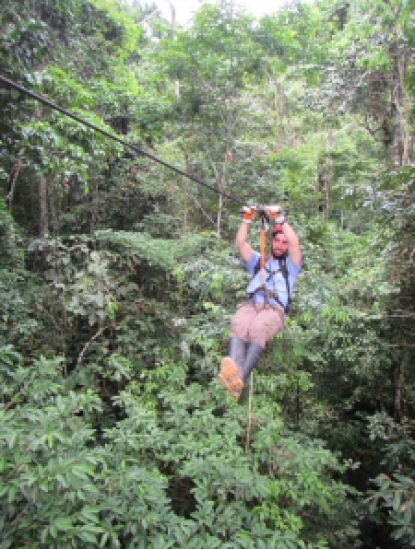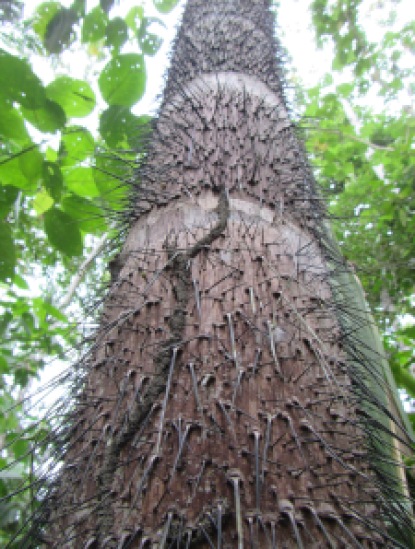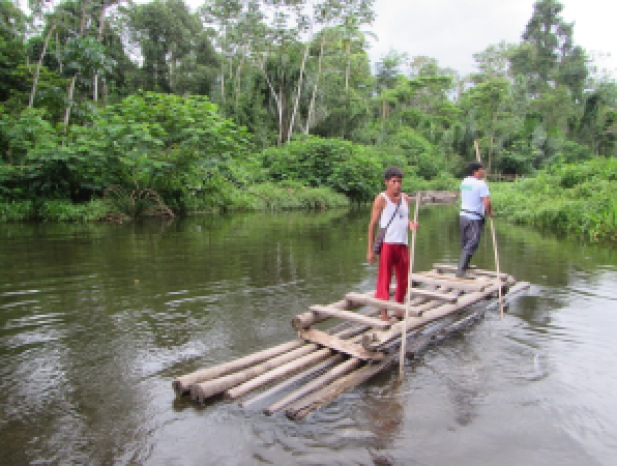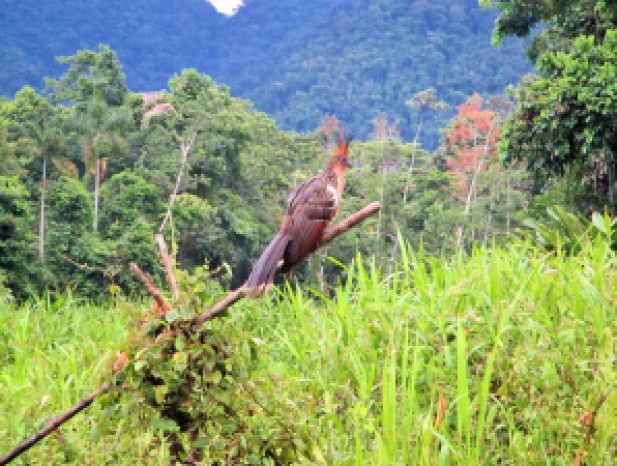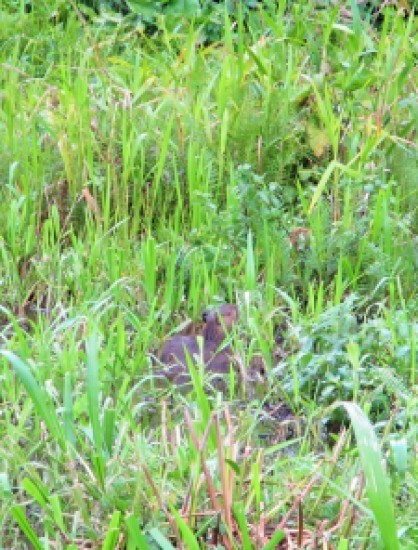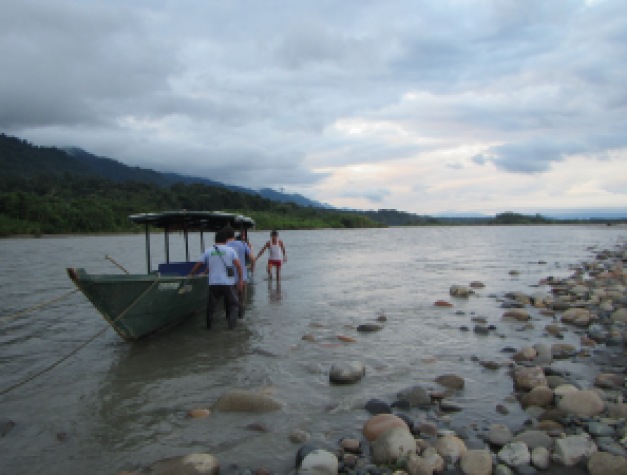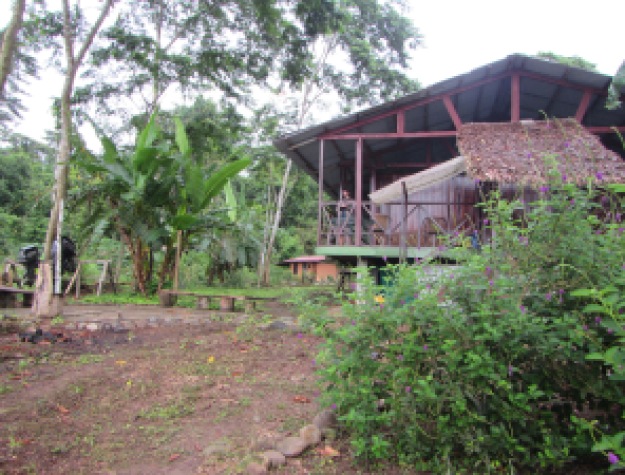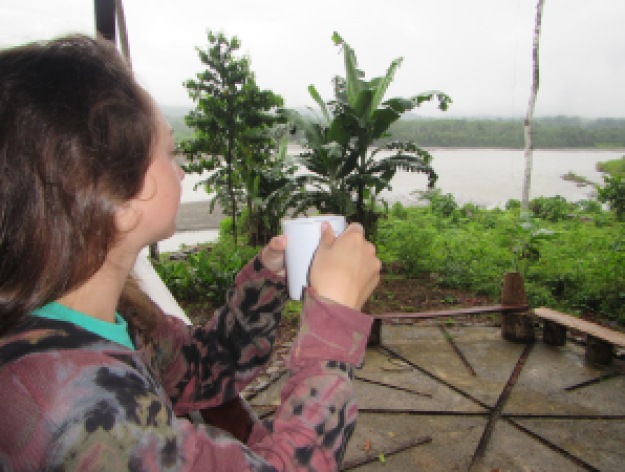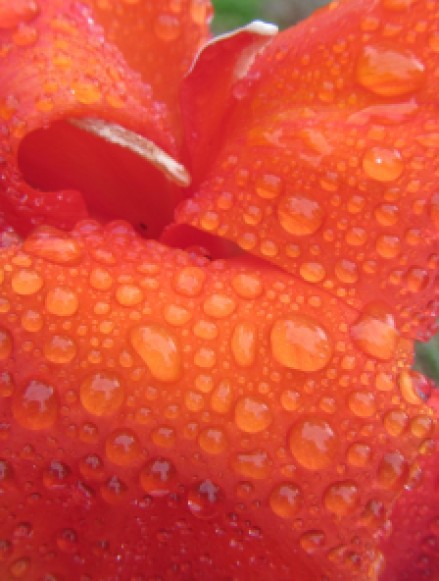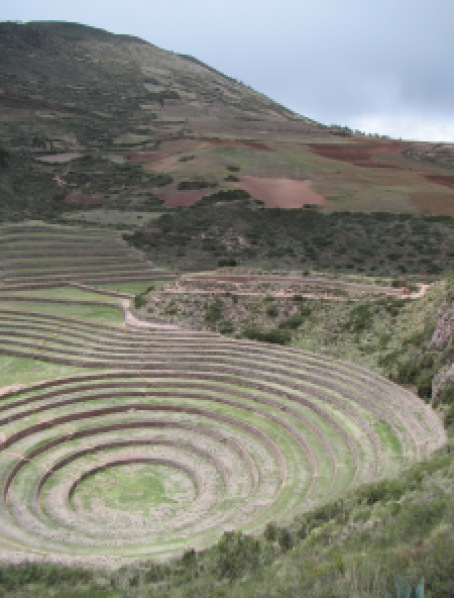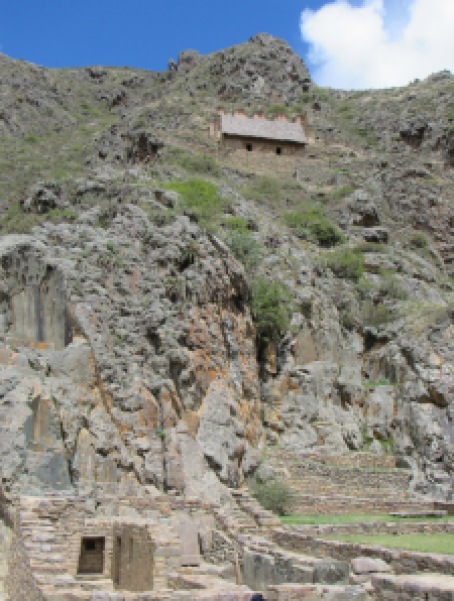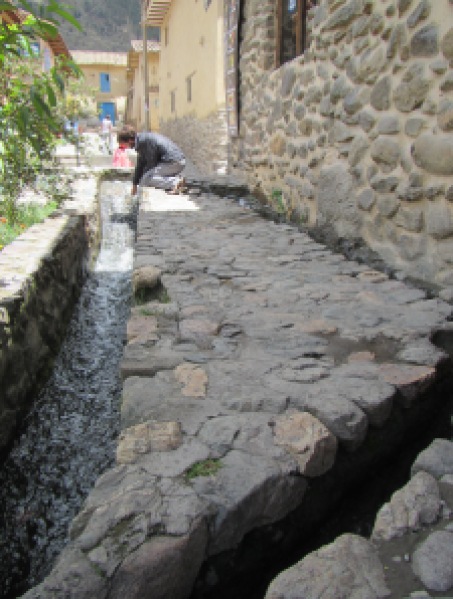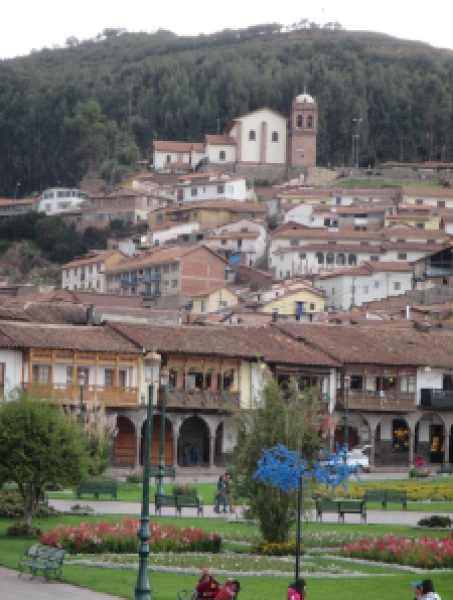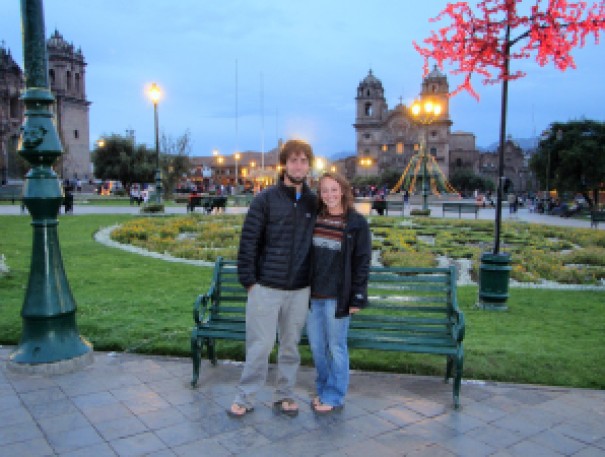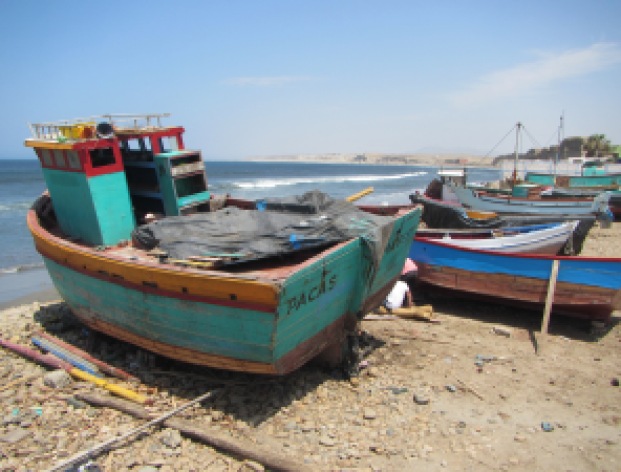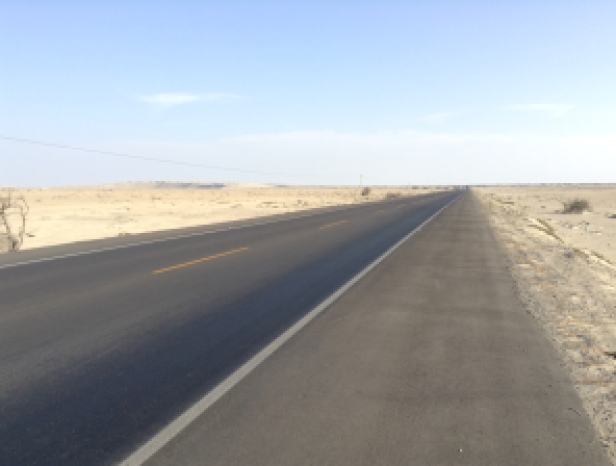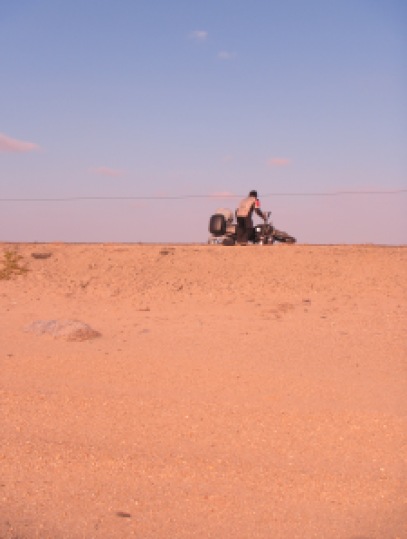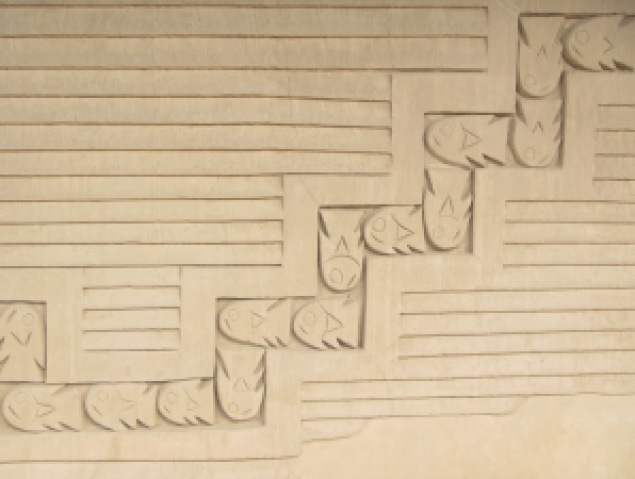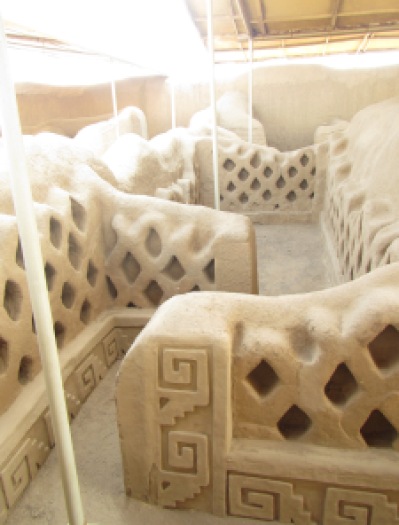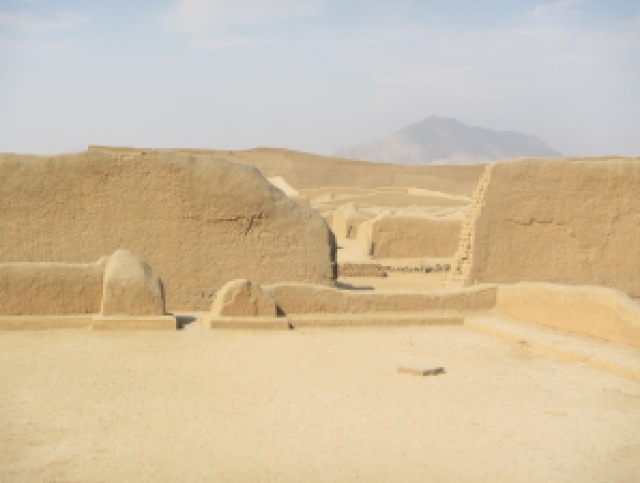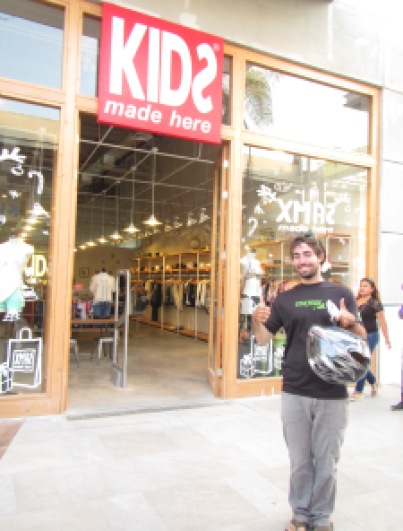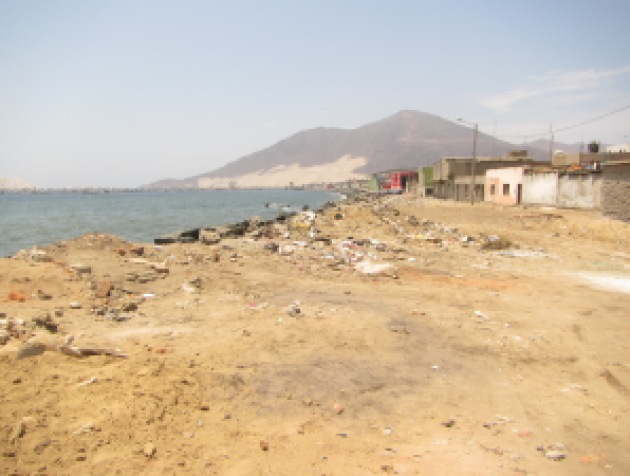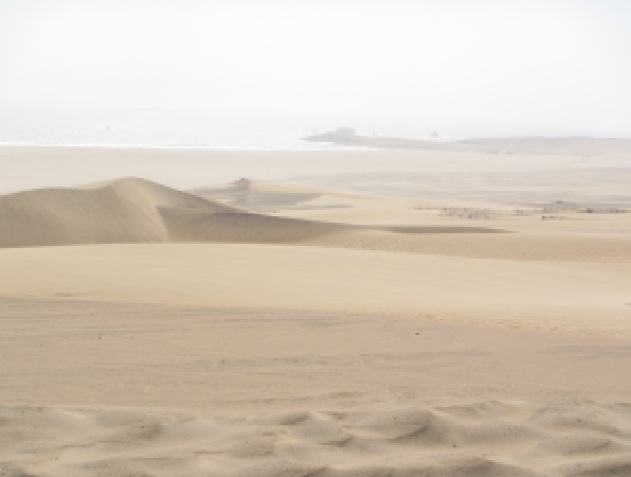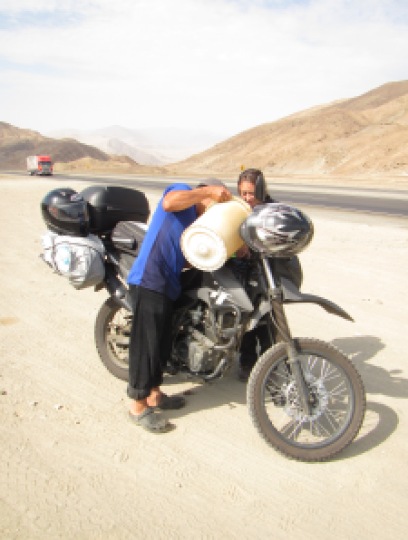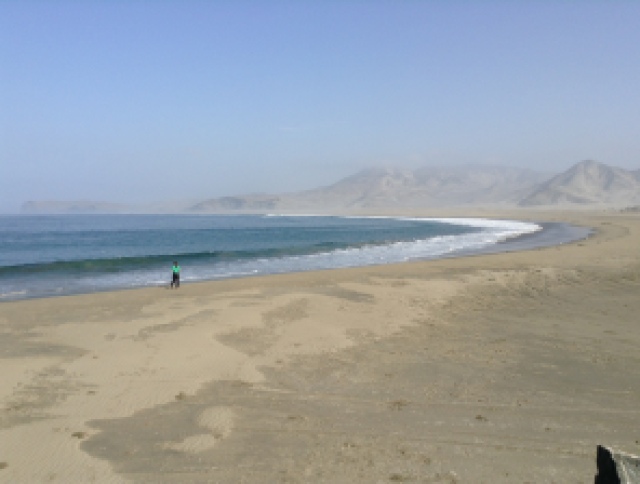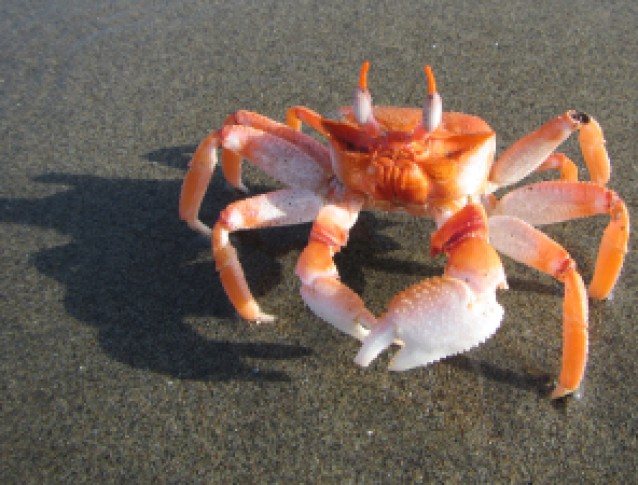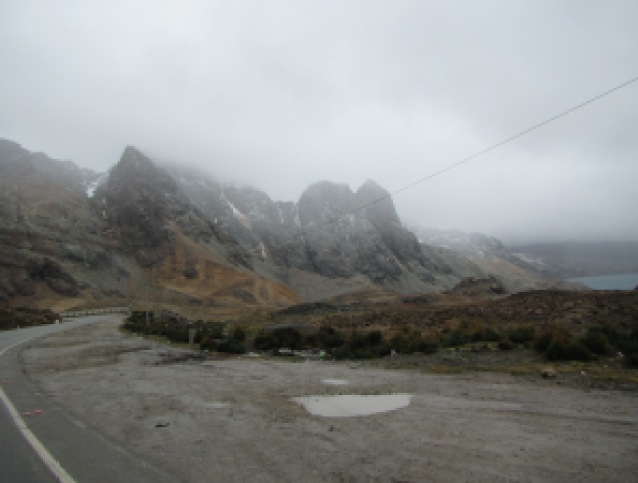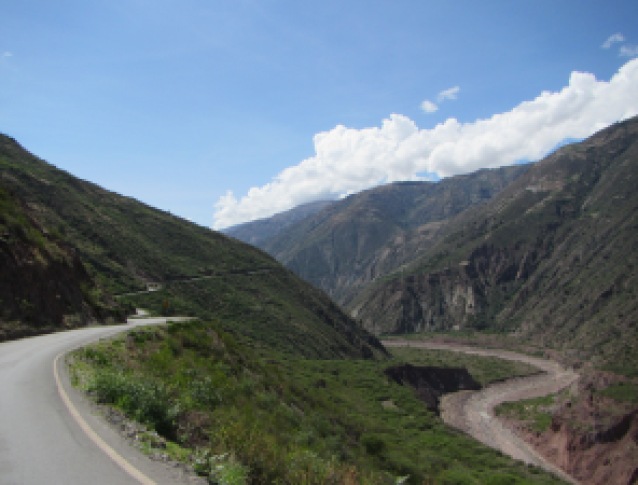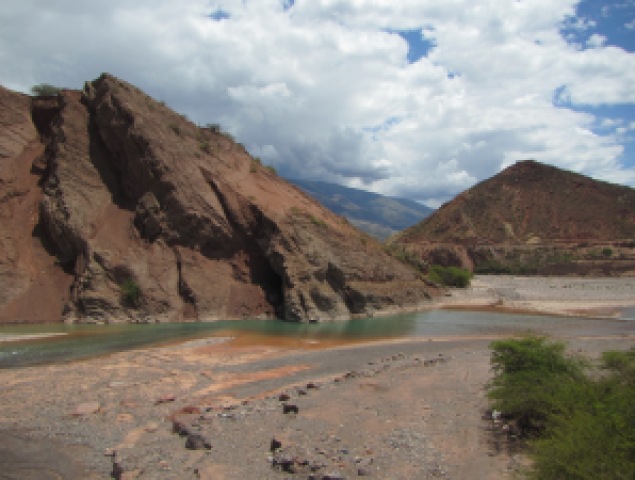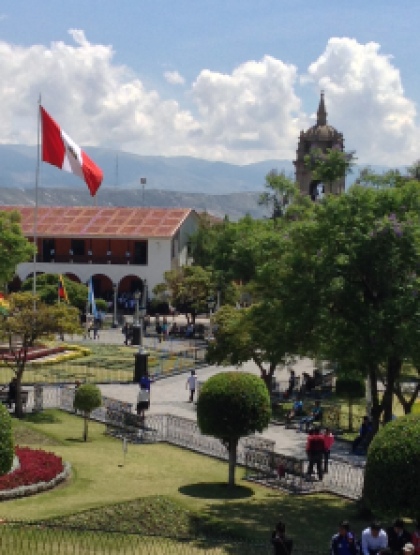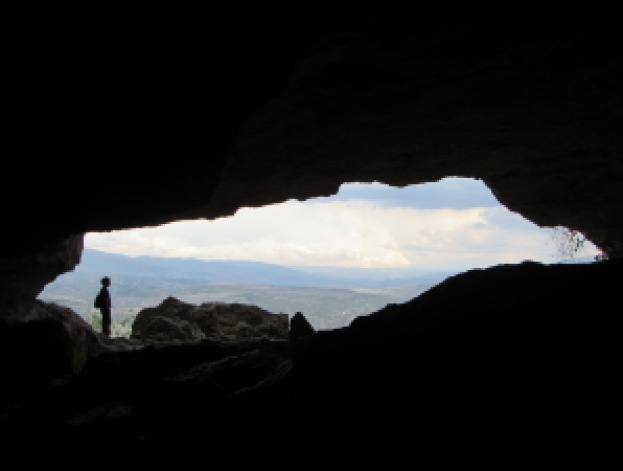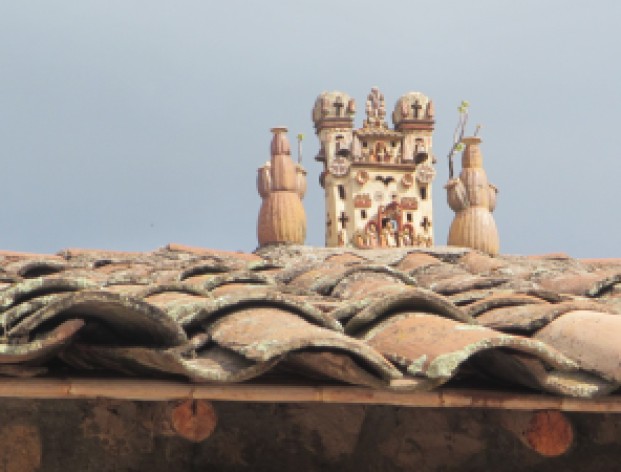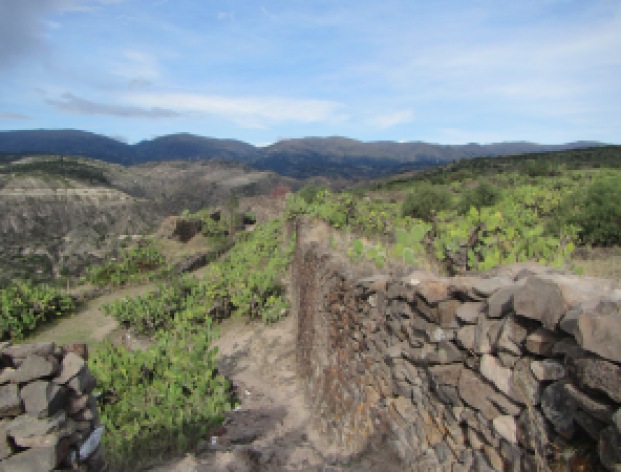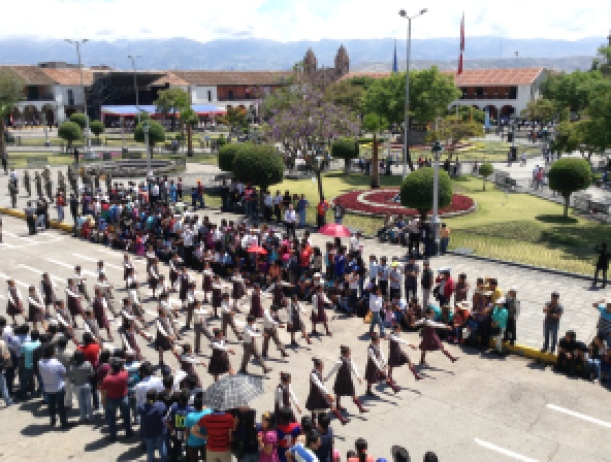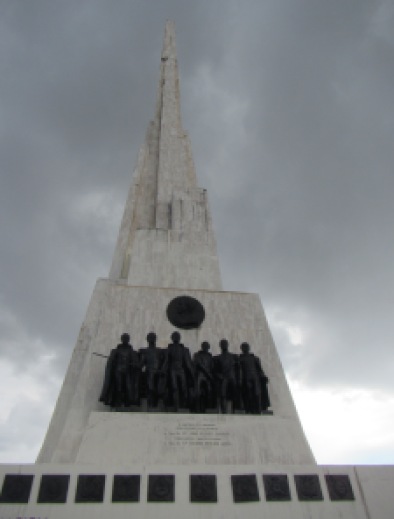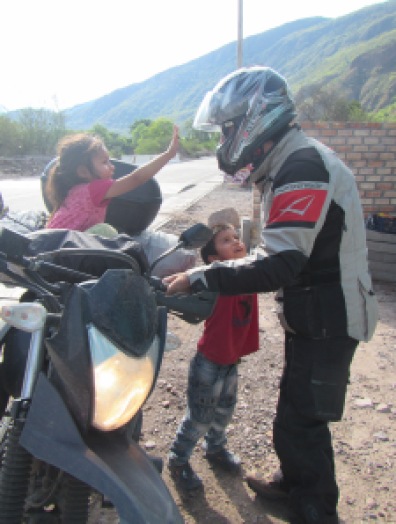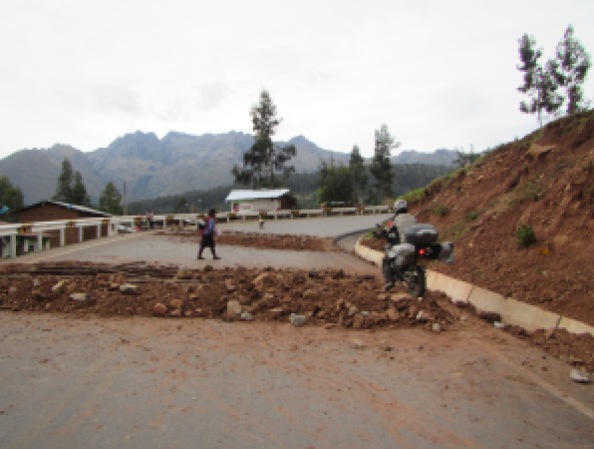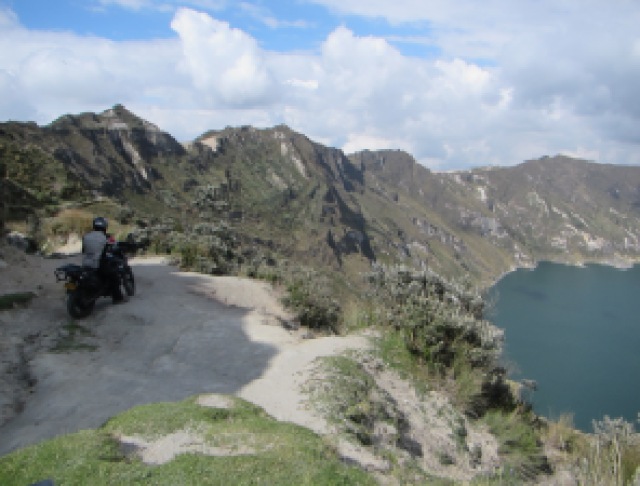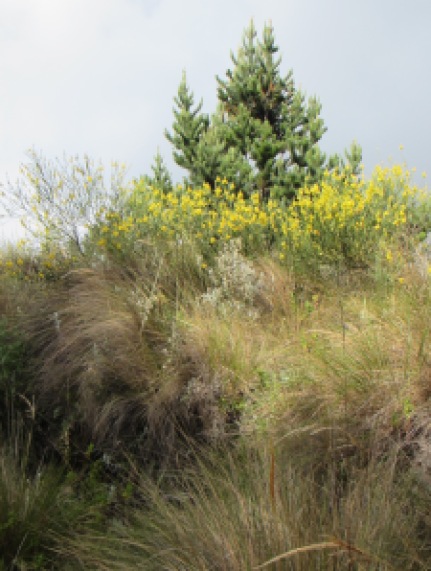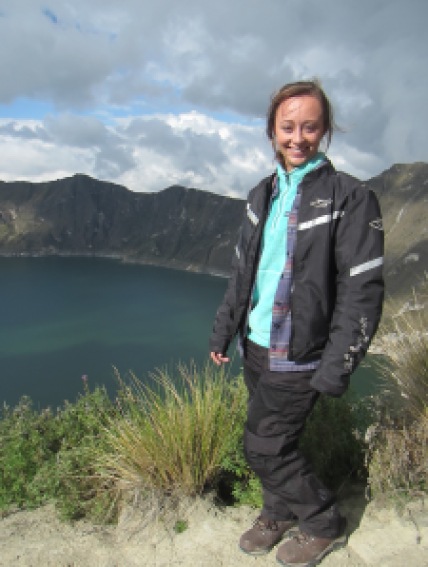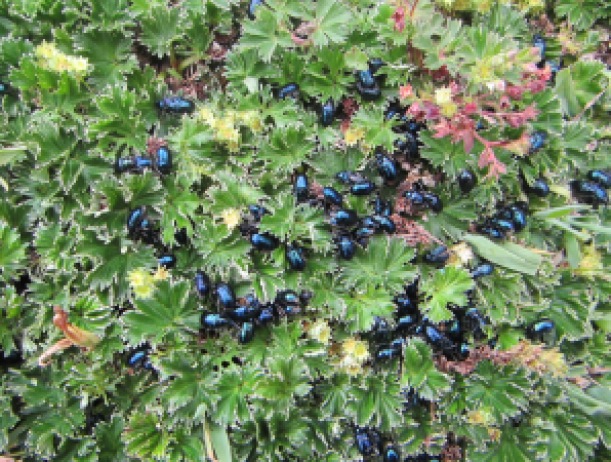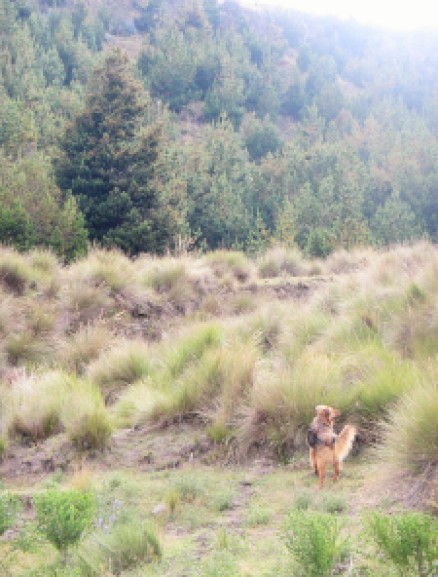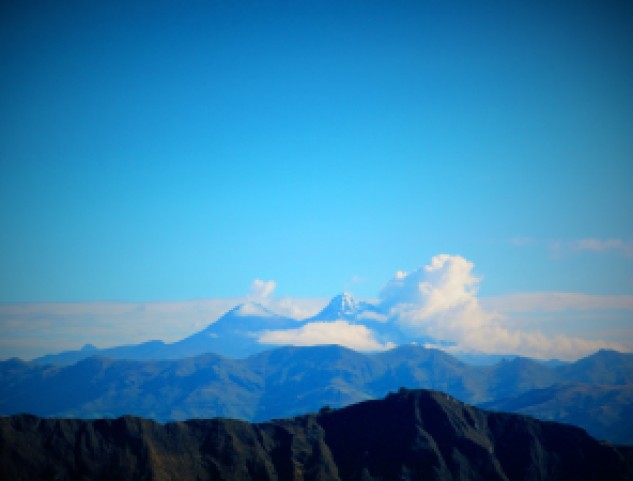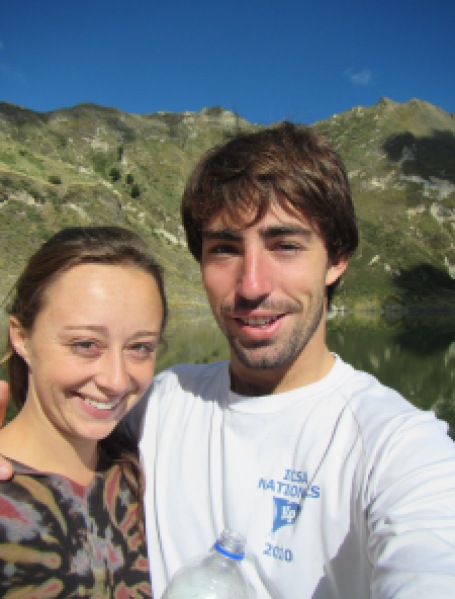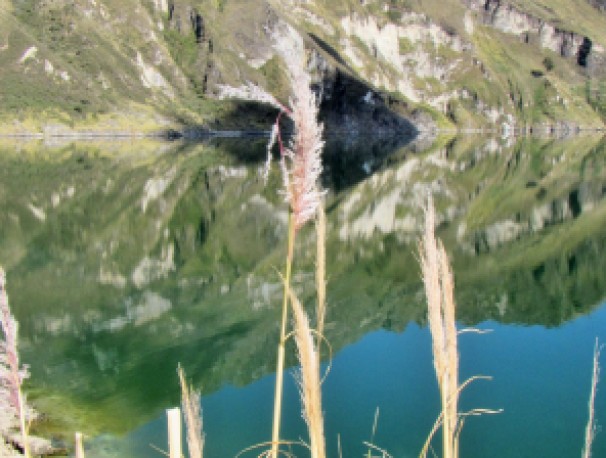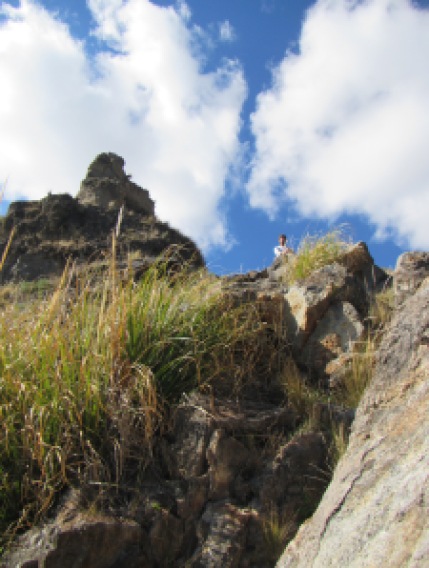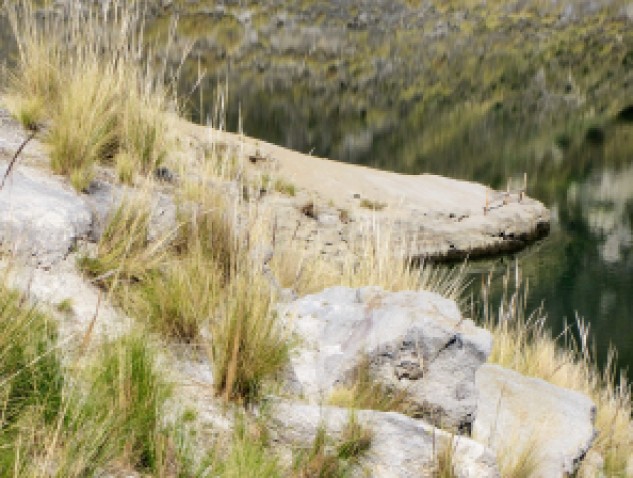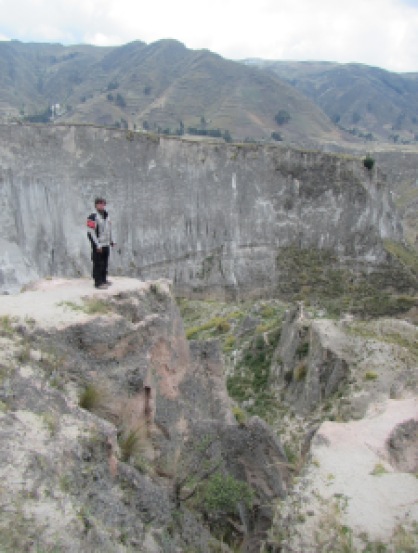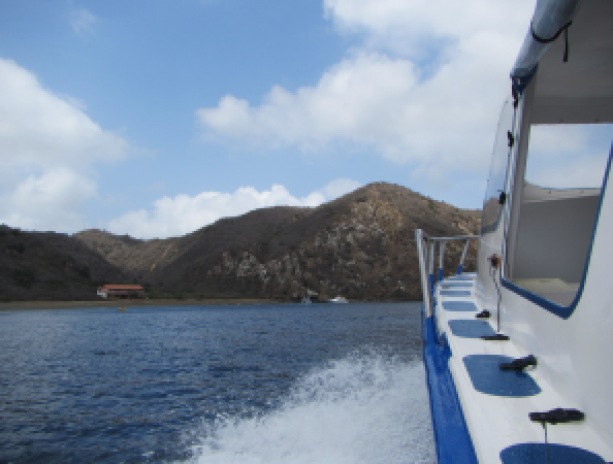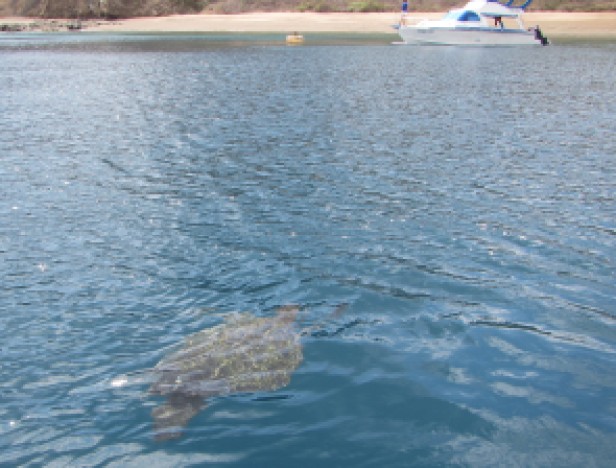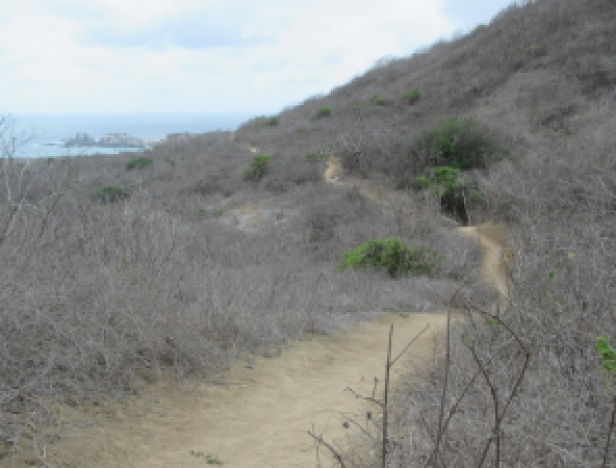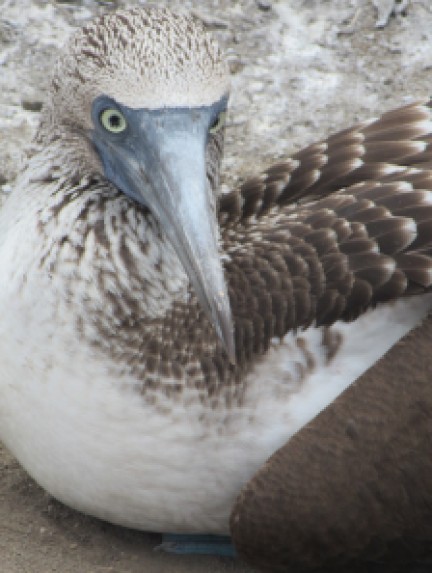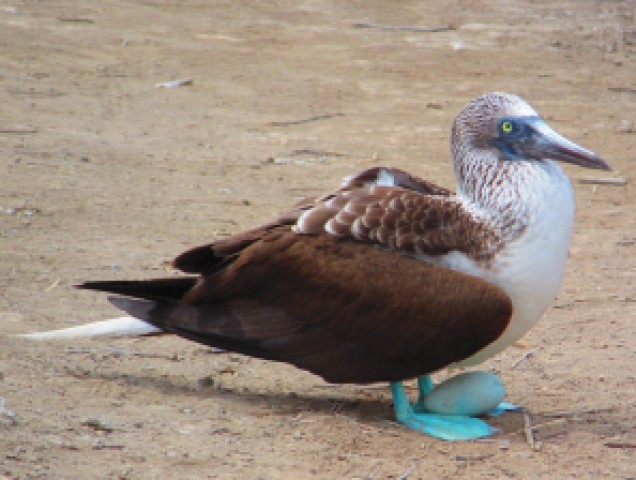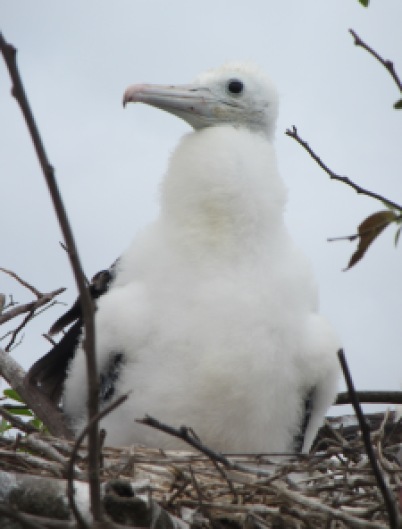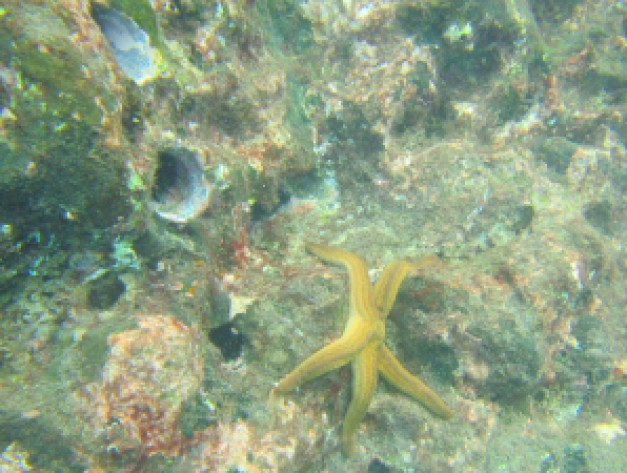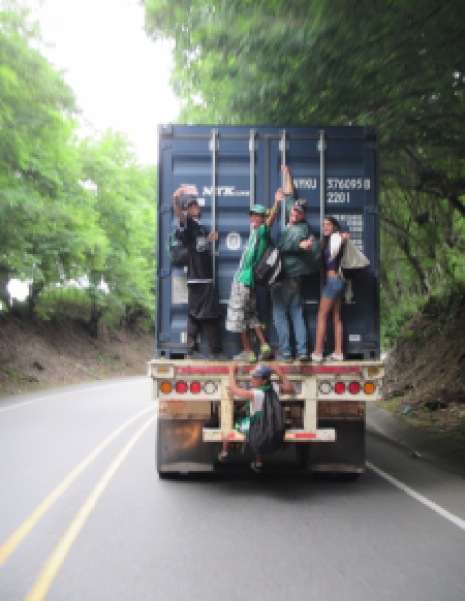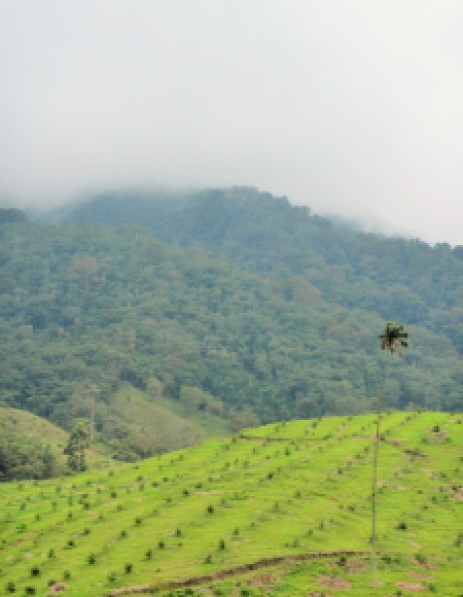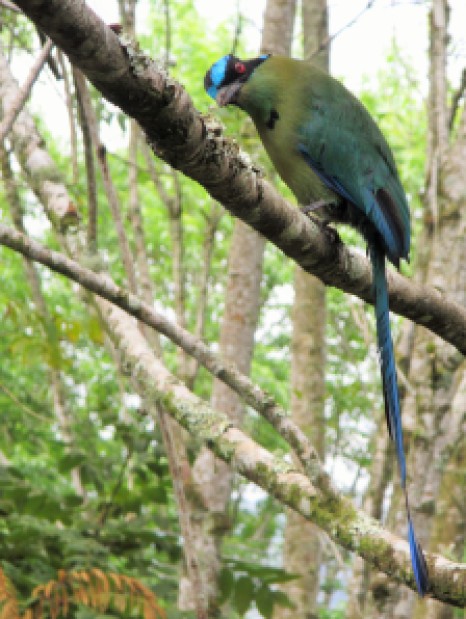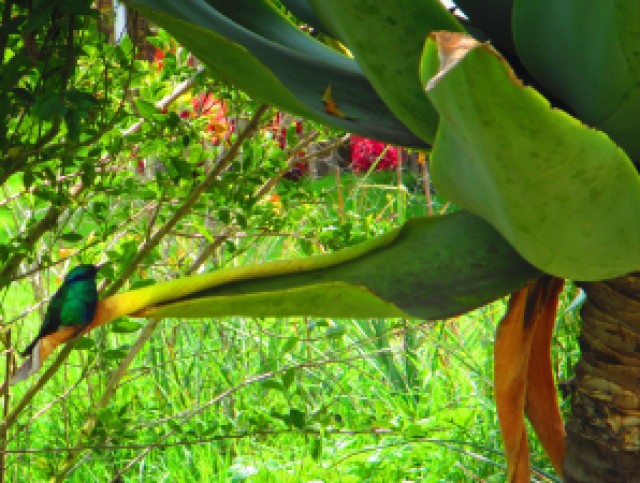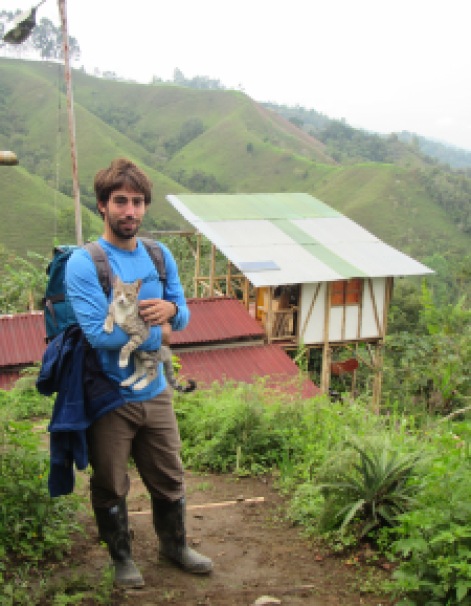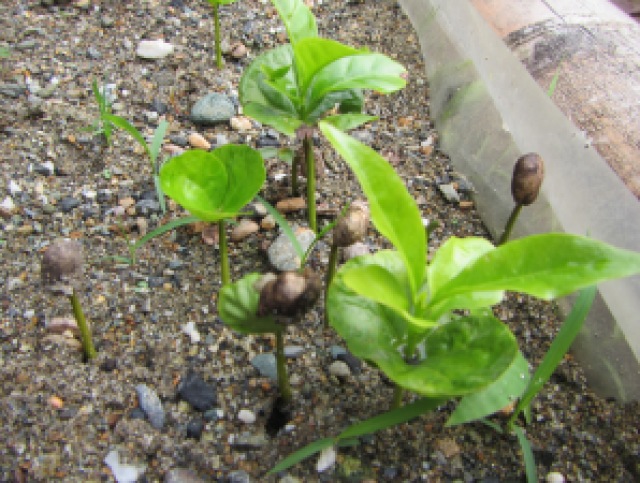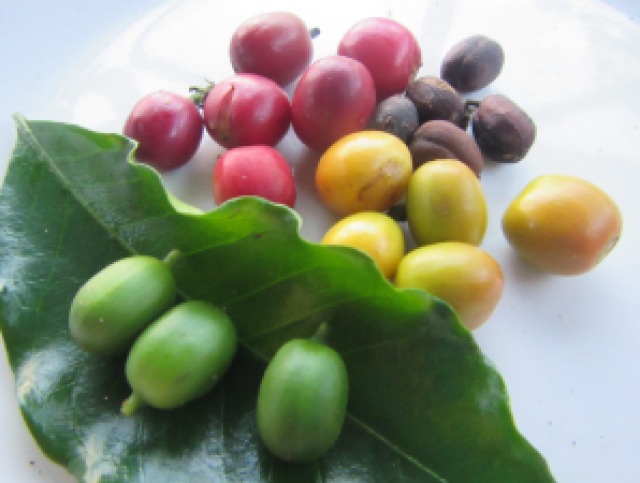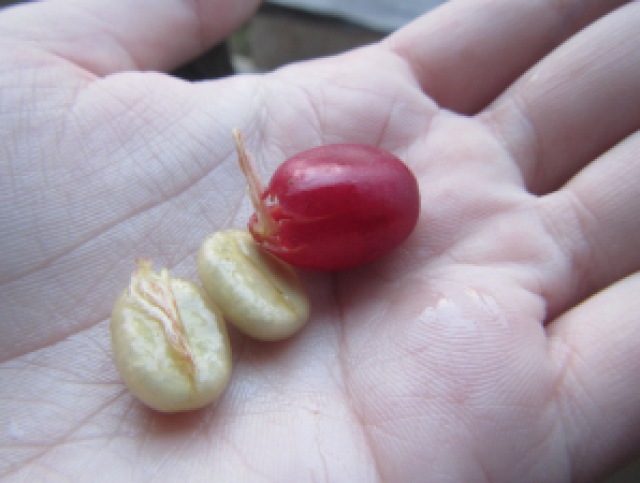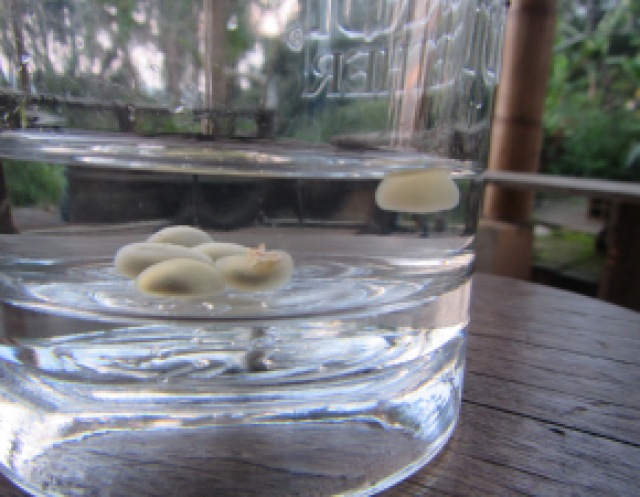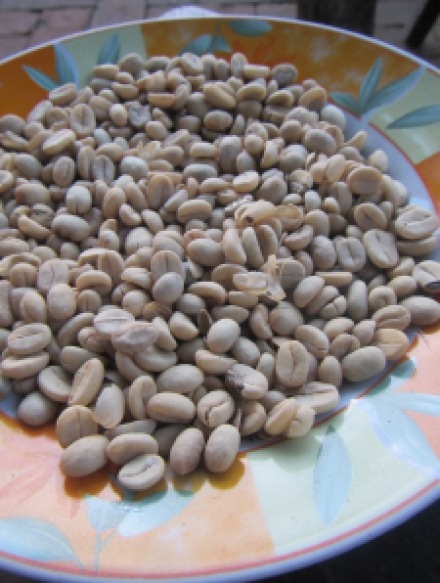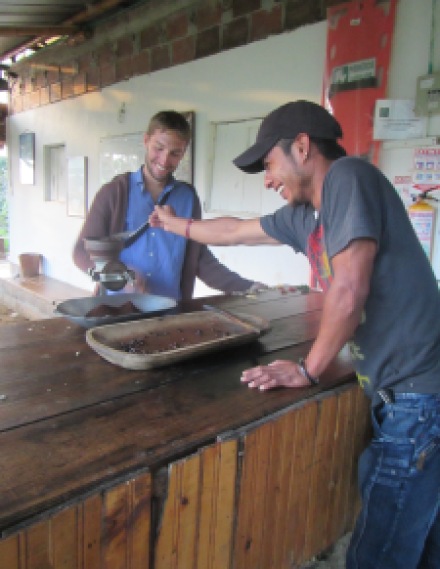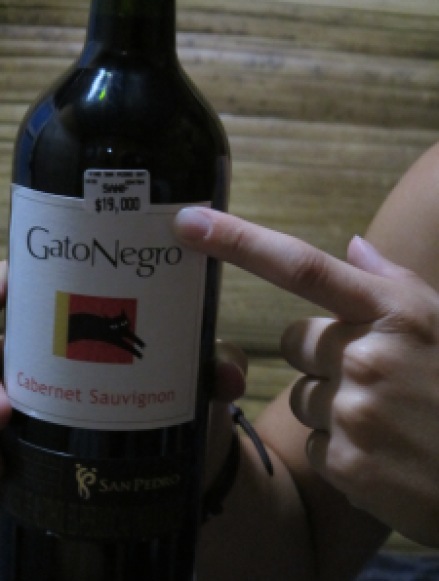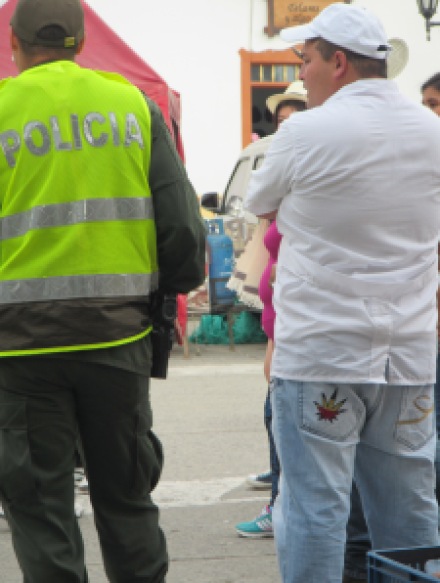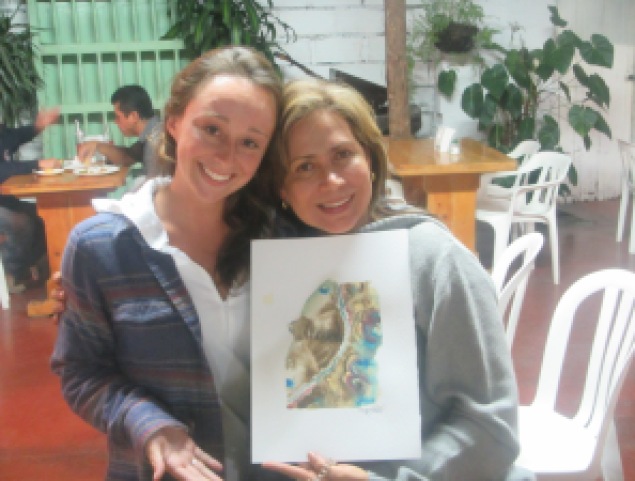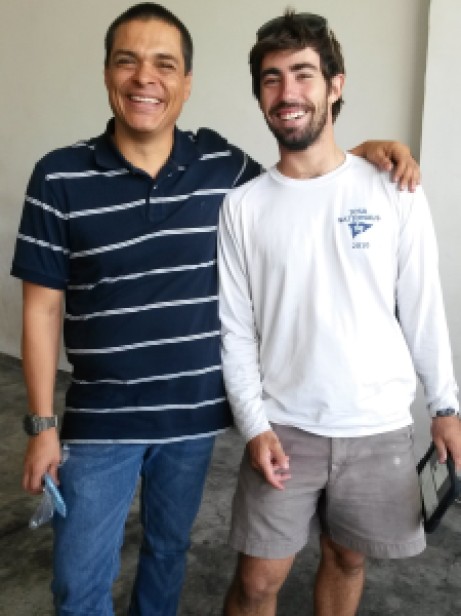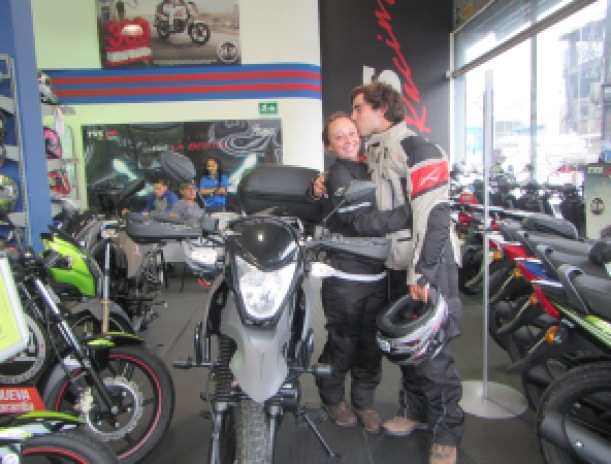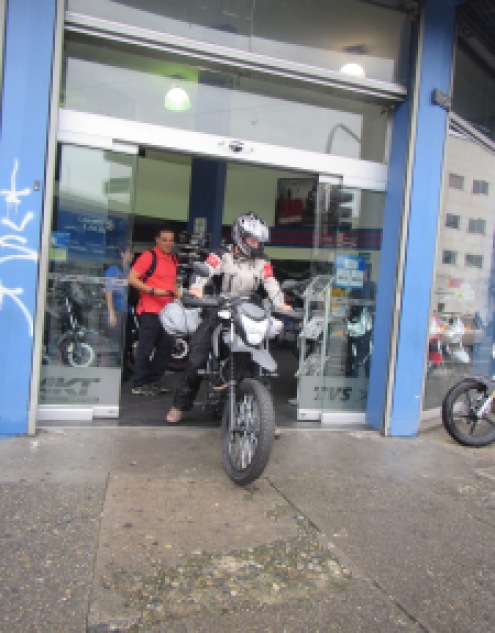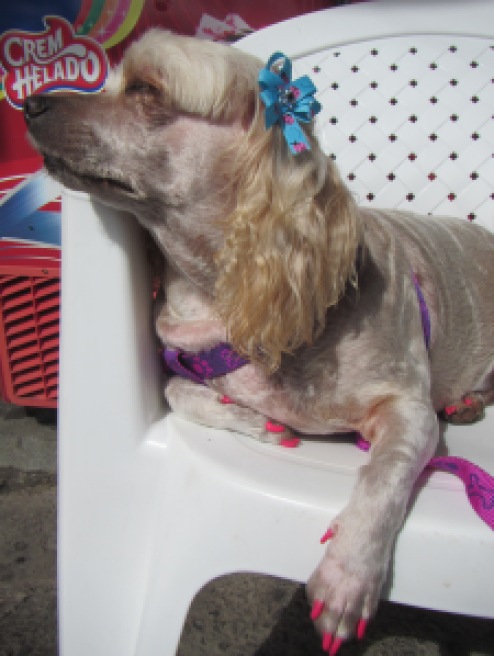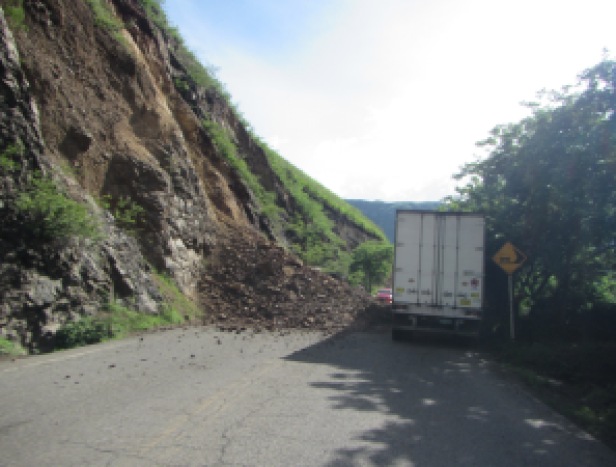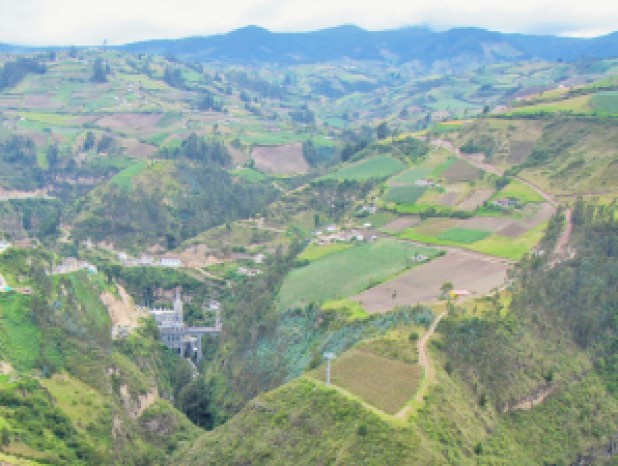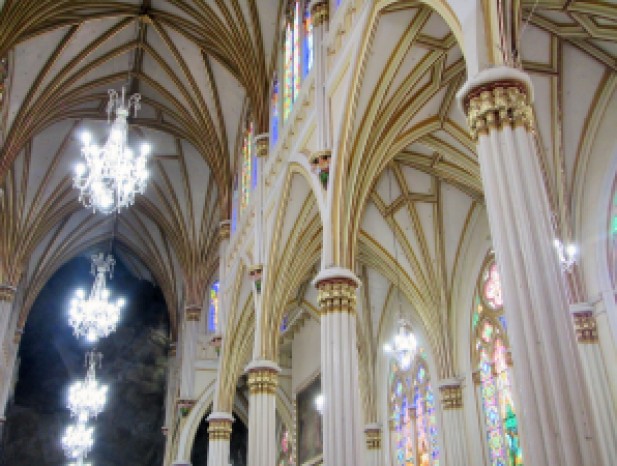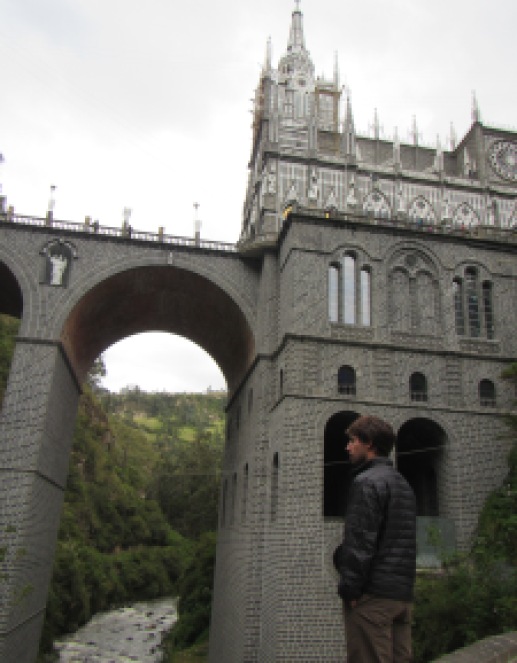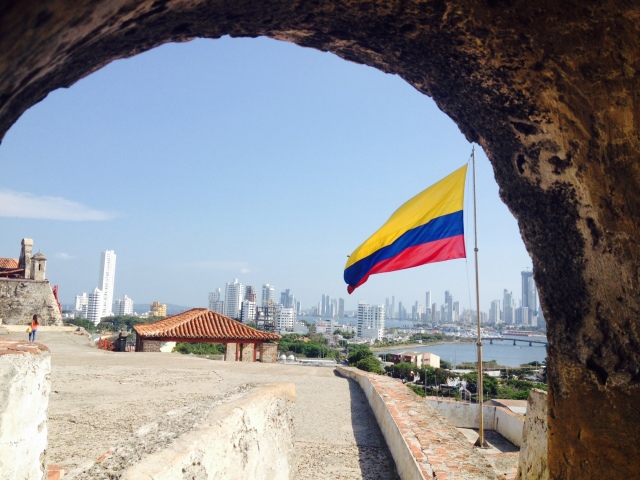
Cartagena was the first city in Colombia we had ever visited, and although not our first stop via sailboat, it was on our high priority list — one last shower before heading “off the grid.” We chose to explore the Castillo San Felipe de Barajas, an impressively large fortress overlooking the extent of the city and its waters.

The Castle probably wouldn’t meet safety standards in the USA since there were no barriers stopping you from tumbling over the high edges of the walls. Not to mention, the passageways underneath tunneled so far underground that Ian and I weren’t able to find an end. The floors started to be covered by a couple inches of unlit water, which paired with the stagnant smell of the air sent both of us tankerman PICs out running!

We happened to walk past a couple of the military vessels moored along the edge of Boca Grande, and they were giving tours of a research vessel! Naturally, we jumped on the opportunity, and enjoyed a briefing of their fleet, the equipment, how the officers stand watch, and the lifestyle on board ships (all in Spanish, of course).

The next stop after Cartagena was the San Blas Islands in Panama – a true tropical paradise. We did experience some difficulties getting into “Swimming Pool Anchorage” since the charts we were navigating with led us aground. Thankfully it was a soft and very slow grounding in sand, so we only had to back up and rotate the stern to starboard about 15 ft. to get us safely back in deep water. After dropping the anchor, and with the help of the dinghy pulling then pushing, and some serious RPMs on the engine, we were free! Unthankfully, the engine was giving us problems, and we had to prime it every 5 minutes or it would stall, and Opti dog took this prime opportunity of steady ground to take a big poop on deck as Maggy lowered the anchor. She has a way with actions of expressing her deepest love and appreciation to us!

After a hard earned and sweaty entrance to “Swimming Pool Anchorage” it was a welcome relief to jump into the cool, crystal clear water!

We anchored in about 10ft of water, and scattered along the ocean floor were different kinds of living sand dollars, two varieties of conchs, and hundreds of giant star fish! Maggy was in heaven.

Our main activity in the San Blas Islands (other than swimming) was taking dinghy adventures from one island to the next and seeing what each had to offer. While underway, we motored past the strangest thing and had to make a Williamson turn to go back and inspect. A giant mollusk was eating a live starfish! I can only image the Animal Planet commentary on the world’s slowest battle to the death between the creeping mollusk and the unaware starfish!

Maggy never gets bored of inspecting the starfish and other sea critters! The underside of each starfish is covered with hard little stumps that have similar characteristics of teeth. The “teeth” which line each of the five arms, protect hundreds of tiny suction cups. When the starfish feels unthreatened, it relaxes its “teeth” and allows the suction cups to pop out and walk along the sea bed.

Opti was not a huge fan of paddle board rides and it took a lot of coaxing to make her believe that she was safely on land once we reached shore. The very first time we beached, she jumped off the board as if she were jumping into water, with all four legs spread out to prevent her from sinking into the water, only she hit land and did a doggy split! Luckily Opti dog is very forgiving and good natured about all her graceful accidents.

Ian managed to sort out the engine problem for the time being – just in time for a decent passage by motor out of the Guna Yala.

Portobello , Panama was a colorful little village with a surrounding fort. The only two notable buildings in the village were the church and ancient customs building

The fort was not maintained, similarly many of the boats at anchor appeared to be neglected or abandoned as well.

After spending 9 days cruising through Panama, we reached Shelter Bay Marina at the mouth of the Panama Canal and the final destination for Toi et Moi the next couple of months. At customs, the official was not happy with the fact it took us 9 days to make it “what should have been 3 days.” Luckily our crazy taxi driver (who actually hit a car while driving us) and a ship’s agent convinced the official that we were on a “yate” (a yacht, pronounced “ya tay”) so we naturally would take our time.

As a special and unexpected treat, the sailing vessel, Pain Brule, ( translated to “Hot Bread) was transiting the Panama Canal and seeking an additional crew for the adventure. As a good son, Ian stayed behind so that he could pick his parents up from the airport, but Maggy couldn’t say no. If anyone is considering making the trip across the Canal in the near future, it costs about $1,489 with an agent, including the 2 pilots and the fee for the locks, as opposed to up to $250,000 for panamax ships and up to $600,000 for ships transiting the newly expanded Panama Canal… Yikes!





